Best Time to Visit Tanzania: A Complete Seasonal Guide for Every Adventure

The best time to visit Tanzania depends on the experience you seek—whether it’s witnessing the dramatic Great Migration, exploring the lush green scenery of the wet season, or enjoying prime wildlife viewing during the dry months. Tanzania is a land of breathtaking landscapes and unparalleled wildlife, making it one of the top destinations for nature enthusiasts. While Tanzania is a year-round safari destination, understanding seasonal variations will help you make the most of your adventure.
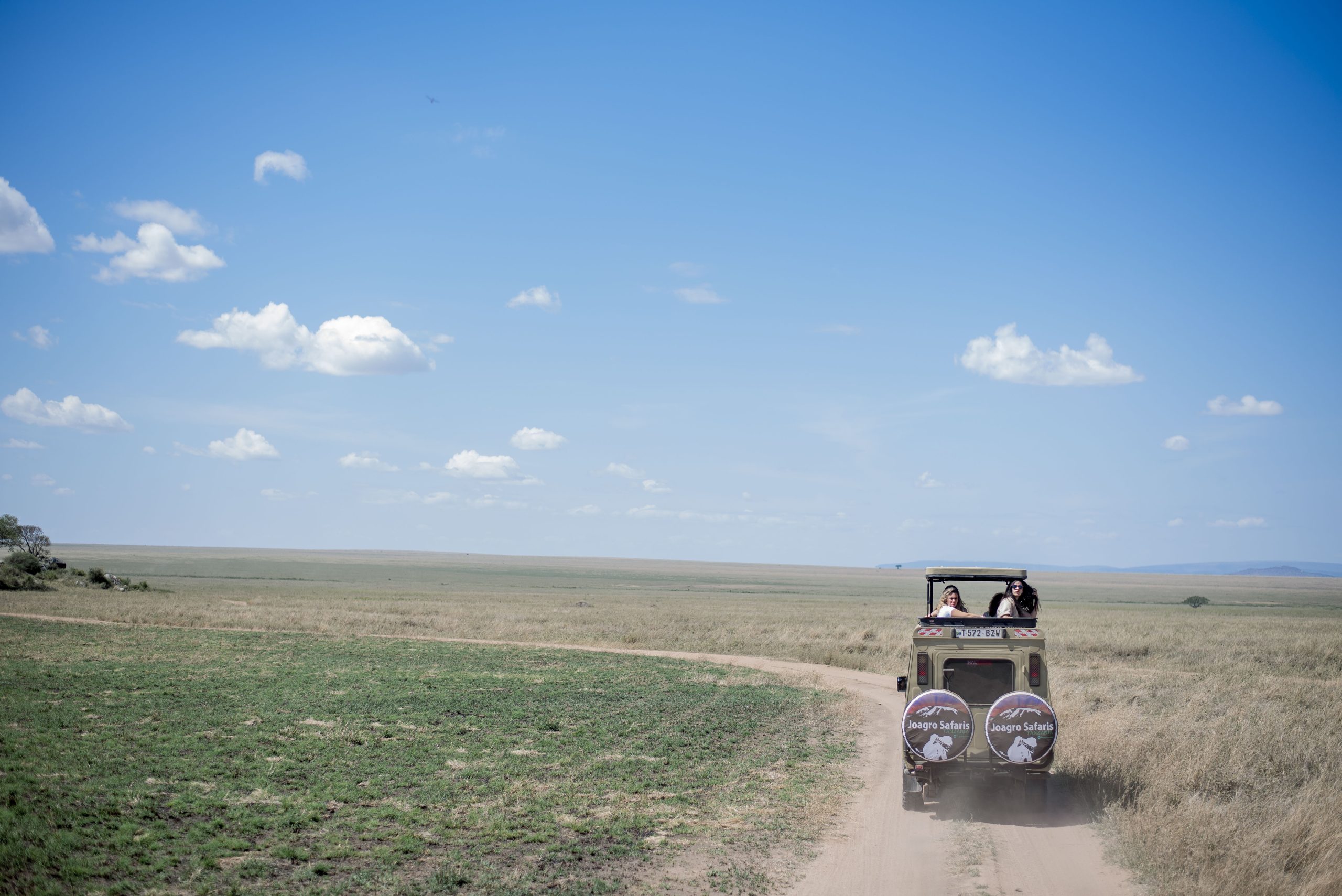
Tanzania, a jewel of East Africa, stands proudly as one of the world’s most captivating safari destinations. With its rolling savannahs, towering mountains, and world-renowned wildlife sanctuaries, Tanzania offers an extraordinary diversity of experiences throughout the year. However, the timing of your visit can profoundly shape your journey — from the dramatic scenes of the Great Migration to the intimate moments of wildebeest calving season. Understanding the seasonal rhythms of this remarkable country is key to creating memories that will last a lifetime.
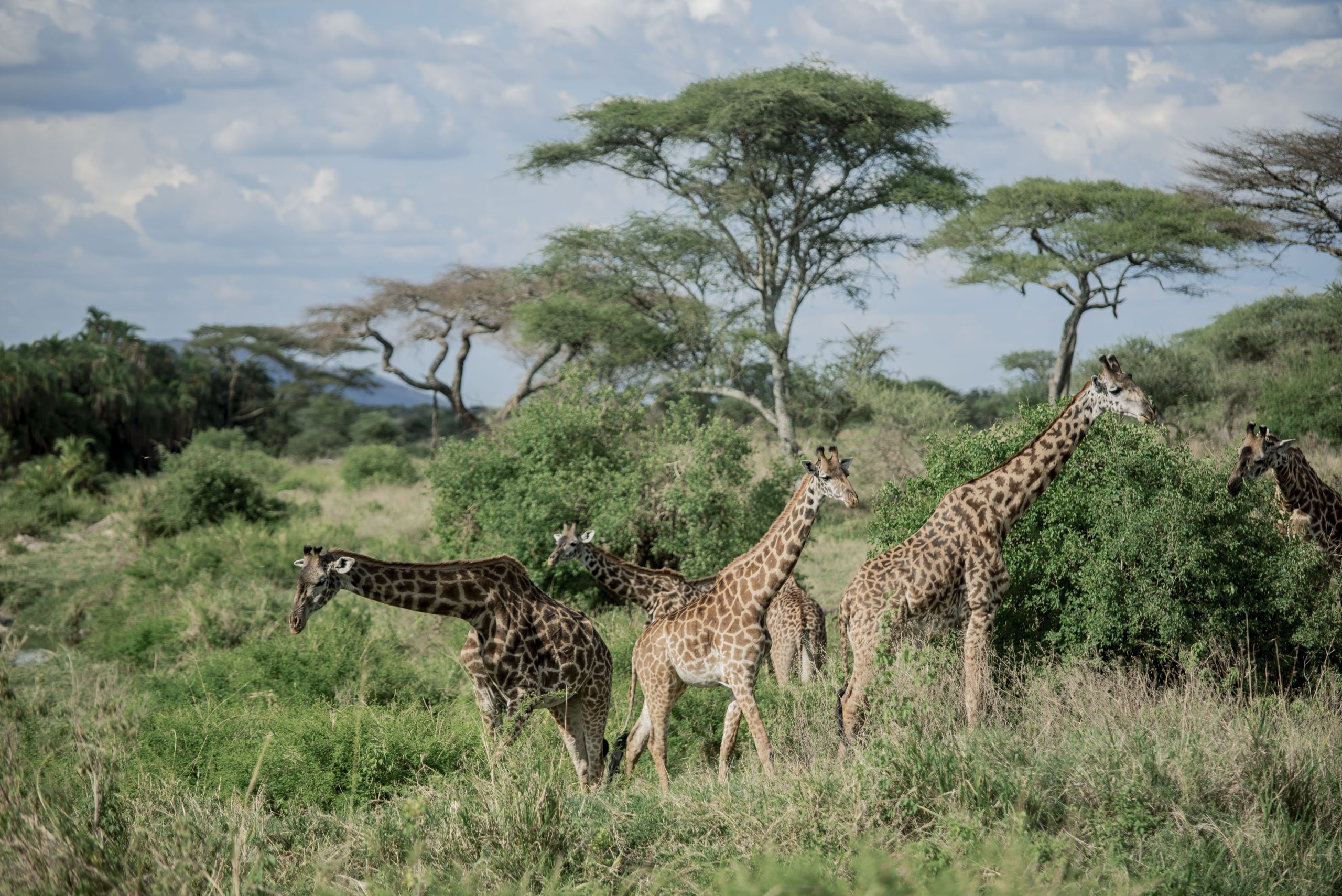
Planning the ultimate Tanzania safari begins with understanding the best time to visit Tanzania. This guide explores it all—highlighting the calving season, the dramatic Great Migration, and the unique rhythms of the rainy and dry seasons. Whether you’re dreaming of witnessing herds in motion, the miracle of newborn wildlife, or simply basking in the sun on Zanzibar’s tranquil beaches, this guide will help you choose the perfect moment for an unforgettable adventure.
Tanzania’s Seasons Explained
Before diving into the specific experiences offered by each season, it’s essential to understand Tanzania’s annual climatic cycle. Tanzania doesn’t follow the four traditional seasons familiar to temperate regions. Instead, its year is divided into two dry seasons and two rainy seasons, each impacting wildlife movements, scenery, and travel conditions in different ways.
Dry Seasons: June to October & Late December to February
The long dry season from June to October is characterized by warm days, cooler nights, and sparse rainfall. This is considered prime safari time across much of Tanzania. Visibility is excellent as grasses are low, and wildlife is easy to spot around diminishing water sources.
The short dry season occurs between late December and February. Though slightly warmer and more humid, it’s generally dry enough to offer good safari conditions. This period is especially famous for the wildebeest calving season in the southern Serengeti.
Rainy Seasons: March to May & November
The long rains fall from March to May, with April typically receiving the heaviest downpours. Some areas become difficult to access due to muddy conditions, and certain lodges close for maintenance during these months.
The short rains occur during November, often in the form of brief afternoon showers rather than continuous downpours. This season refreshes the landscapes, painting the plains in vivid greens and bringing new energy to the wildlife.
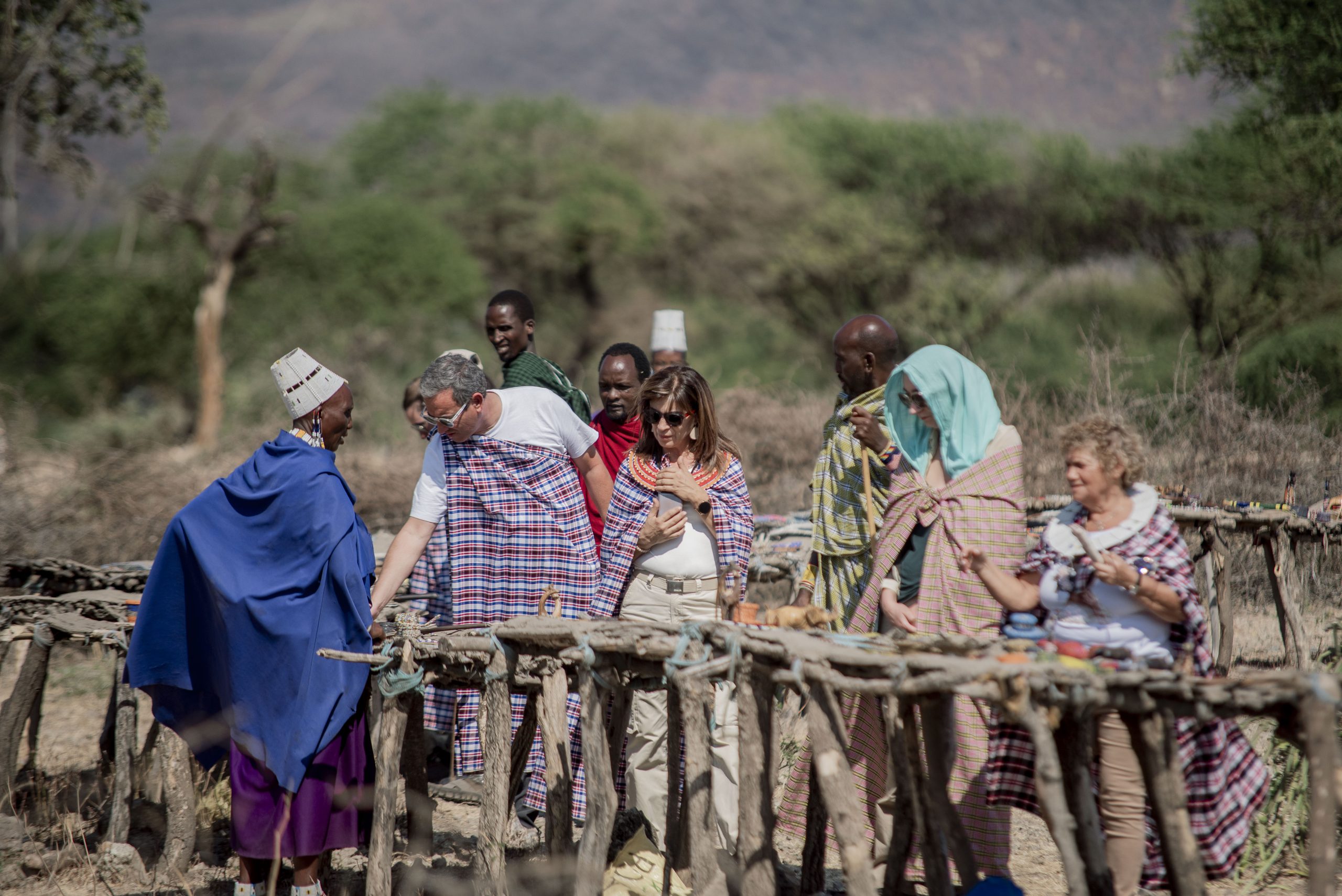
Best Time for Wildlife Viewing in Tanzania
If your dream is to witness Africa’s iconic wildlife in its natural habitat, the dry seasons — particularly June through October — offer the most rewarding conditions.
Why the Dry Season is Ideal
-
Easier Wildlife Sightings: Water becomes scarce, concentrating animals near rivers and waterholes. This congregation creates incredible game viewing opportunities.
-
Thinner Vegetation: Bushes and grasses thin out, improving visibility.
-
Pleasant Weather: Days are sunny and warm, while nights can be cool, especially in higher elevations like the Ngorongoro Highlands.
Key Destinations for Dry Season Safaris
-
Serengeti National Park: A hub of wildlife activity, where lions, cheetahs, elephants, and giraffes roam freely.
-
Ngorongoro Crater: This volcanic caldera offers some of the highest densities of wildlife anywhere in Africa.
-
Tarangire National Park: Famous for its elephant migration and majestic baobab trees.
-
Ruaha and Selous: These southern parks provide remote, less crowded safaris brimming with predators and large herbivores.
If you prioritize ease of travel and spectacular game drives, planning your trip during the dry months is highly recommended.
Calving Season in Tanzania: Witness the Miracle of New Life
One of the most magical times to experience Tanzania is during the calving season, which takes place from late January through February in the southern Serengeti and the Ndutu region.
What Makes Calving Season Special?
-
Newborn Wildebeests: Over 500,000 calves are born during a short 2-3 week window. The sheer number of births is awe-inspiring.
-
Predator Action: Lions, cheetahs, hyenas, and other predators are highly active, taking advantage of vulnerable young prey. This leads to dramatic and emotional wildlife encounters.
-
Scenic Landscapes: The rains transform the southern Serengeti into a lush, green paradise. Wildflowers bloom, and migratory birds fill the skies.
-
Fewer Tourists: Compared to the peak dry season, January and February see fewer crowds, offering a more intimate safari experience.
Photographers and wildlife enthusiasts often regard the calving season as the most emotionally stirring time to visit Tanzania.
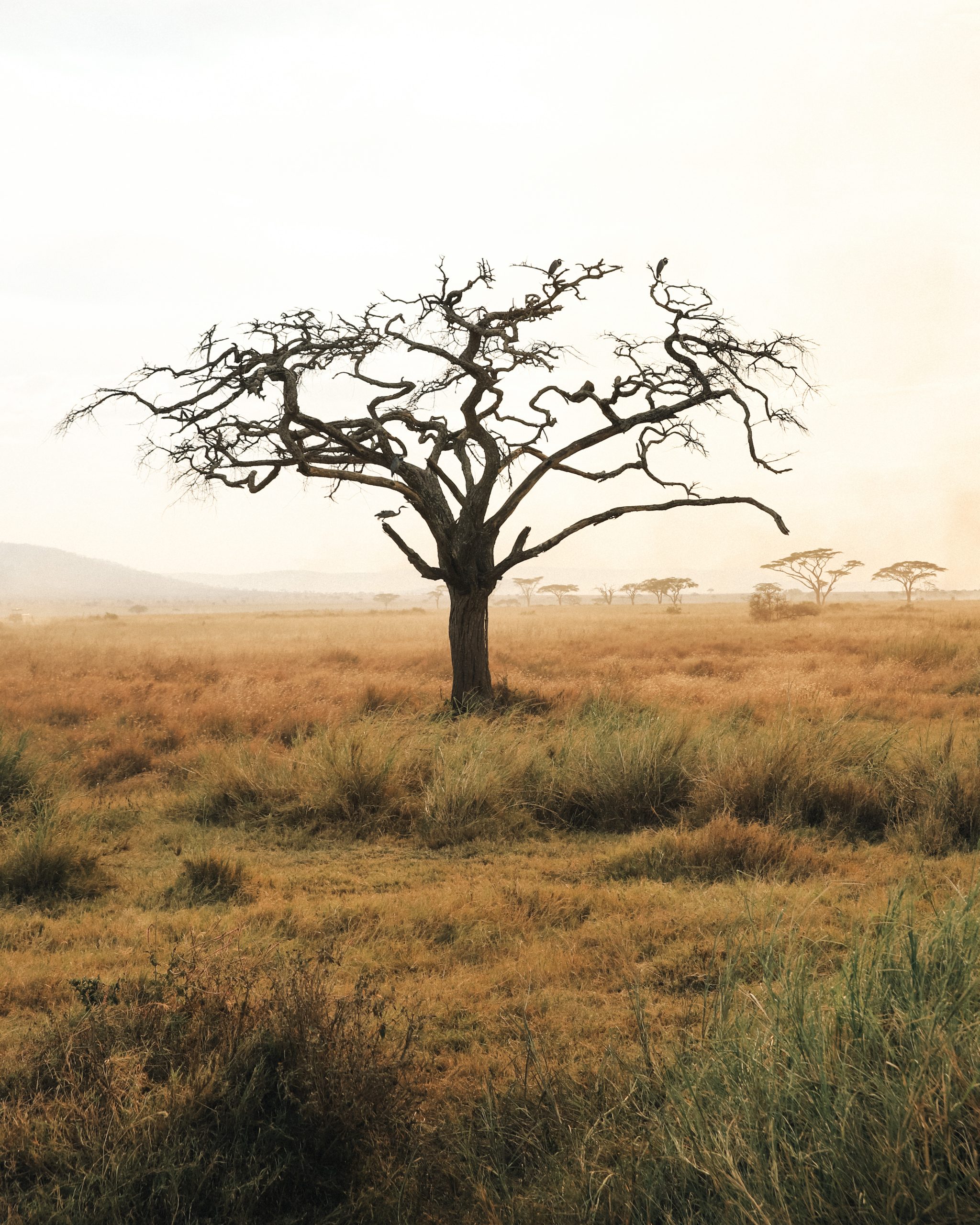
The Great Migration: Nature’s Grandest Spectacle
The Great Migration is one of the most awe-inspiring wildlife events on the planet. Over two million wildebeests, accompanied by zebras and gazelles, move in a continuous cycle across the Serengeti and into Kenya’s Maasai Mara in search of fresh grazing and water.
Timing Your Visit with the Migration
The movement of the herds depends largely on rainfall patterns, but a general calendar can help you plan:
January to March: Calving Season in Southern Serengeti
-
Vast herds gather in the Ndutu region.
-
Best for observing newborns and intense predator-prey dynamics.
April to May: Moving Northwards
-
As the rains end, herds slowly drift north.
-
This can be a quieter but rewarding time, as the plains are vibrant and less dusty.
June to July: Western Corridor and Grumeti River Crossings
-
Wildebeests face the challenge of crossing rivers teeming with crocodiles.
-
Dramatic crossings occur along the Grumeti River.
August to September: Mara River Crossings
-
Perhaps the most iconic scene: herds navigating the treacherous Mara River.
-
Dramatic struggles and remarkable survival stories unfold daily.
October to December: Return to Southern Serengeti
-
Herds gradually move south as fresh grass grows with the short rains.
-
Scattered herds can be found across the Serengeti, creating diverse game viewing opportunities.
Planning Tips
Because the migration is a moving phenomenon, selecting your camp location carefully based on the month is crucial for the best experience.
The Rainy Seasons: A Green Wonderland
Though often overlooked, the rainy seasons in Tanzania — especially the short rains in November — have their own charm.
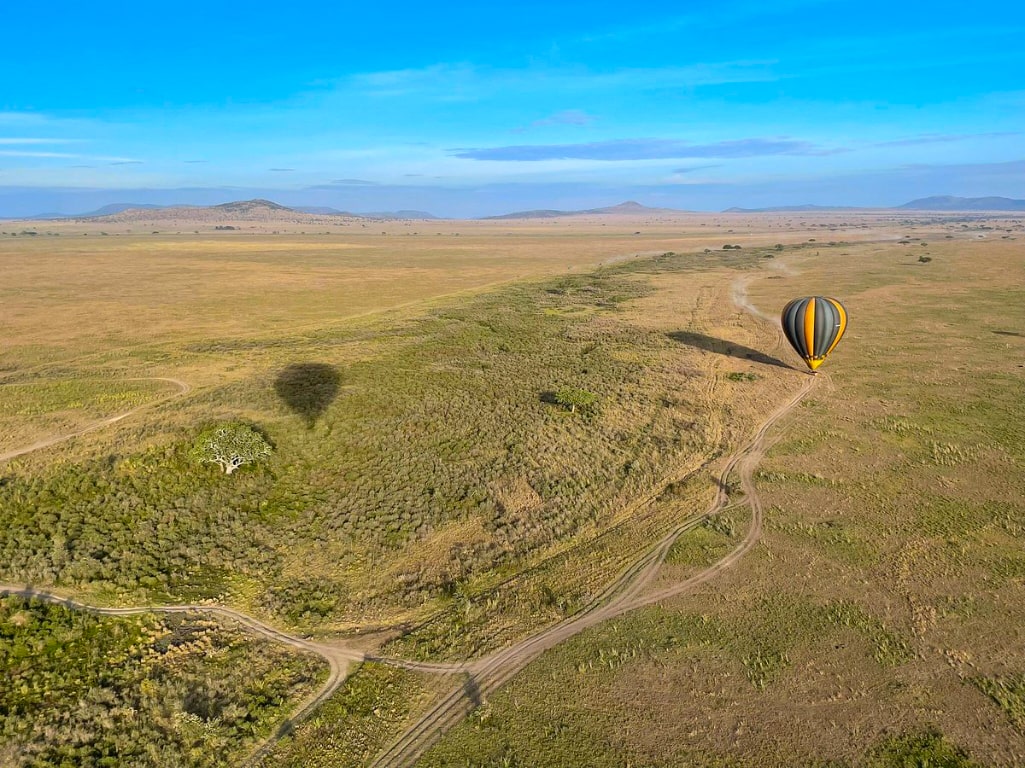
Visiting During the Long Rains (March to May)
While some remote areas become inaccessible, national parks like the Serengeti and Ngorongoro Crater remain open. Travelers willing to brave occasional showers are rewarded with:
-
Lush Landscapes: The plains turn vibrant green, creating stunning backdrops for photography.
-
Baby Animals: Many species give birth during or just after the rains, leading to heartwarming scenes of young animals learning to navigate their world.
-
Fewer Crowds: Safari vehicles are fewer, allowing for peaceful game drives.
-
Attractive Prices: Many lodges offer discounted rates during the green season.
Experiencing the Short Rains (November)
The short rains are usually less intense and often occur in the late afternoon. Visiting in November allows you to witness:
-
The Beginning of the Wildebeest Return: Herds start to gather back in the southern Serengeti.
-
Fresh Grazing Grounds: Animals are active, responding to the regrowth of vegetation.
Overall, for travelers who don’t mind a bit of unpredictability, the rainy seasons reveal a side of Tanzania few get to see.
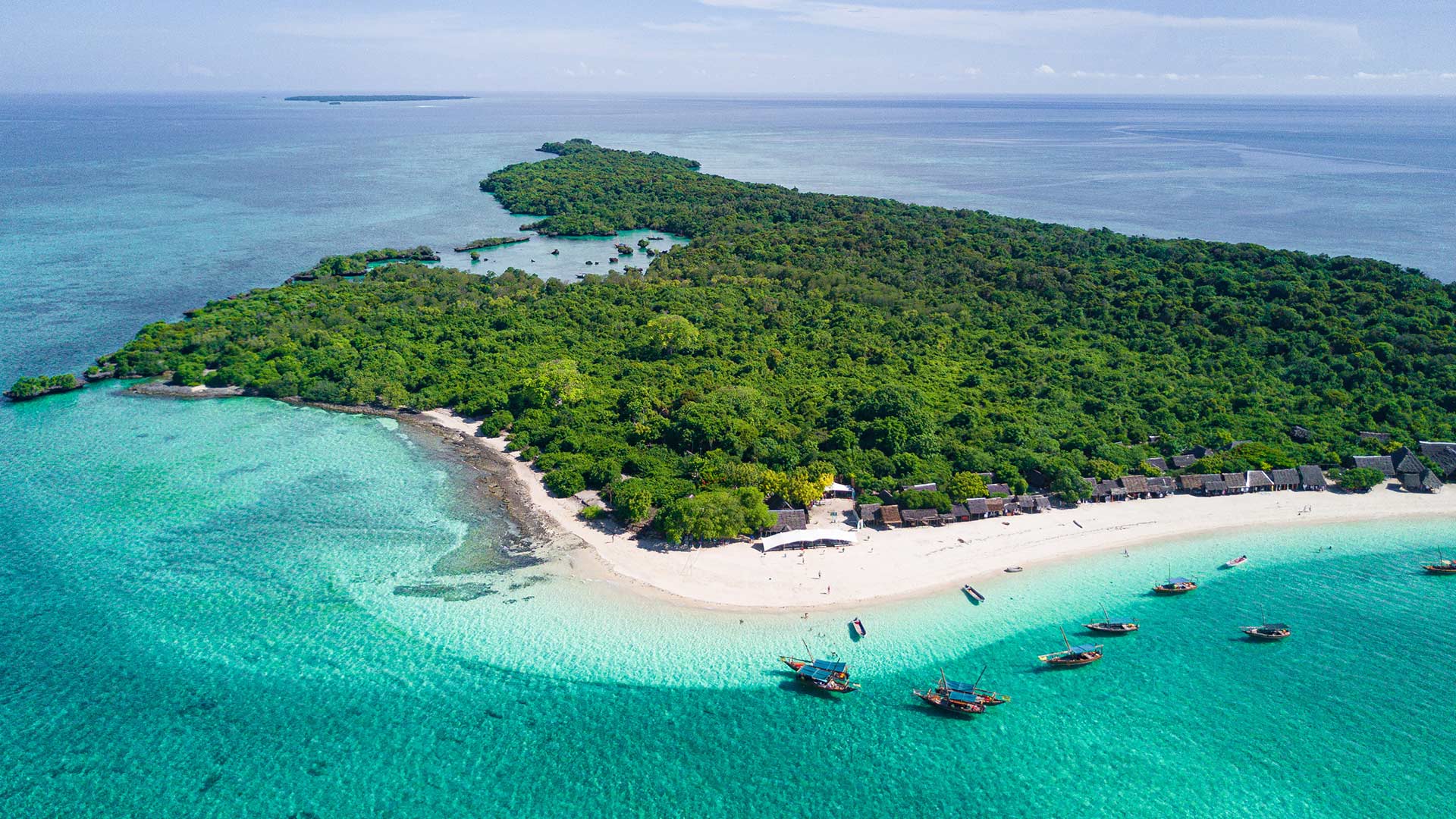
Best Time to Visit Zanzibar and Tanzania’s Coast
Tanzania’s coastline, including the idyllic islands of Zanzibar, Mafia, and Pemba, offers sun-kissed beaches, coral reefs, and rich cultural history.
When to Visit for Beach Bliss
-
June to October: Clear skies, low humidity, and refreshing breezes make this the perfect beach season.
-
December to February: Warmer temperatures prevail, but conditions remain excellent for swimming, snorkeling, and diving.
Low Season
-
March to May: Heavy rains can disrupt travel plans and beach activities. However, for those seeking solitude and lower accommodation costs, this period can still be appealing.
Activities like spice tours, historic Stone Town explorations, and underwater adventures are best enjoyed when the sun shines consistently.
Tailoring Your Visit: Month-by-Month Breakdown
Here’s a simple guide to match your interests with the ideal month:
| Month | Highlights | Conditions |
|---|---|---|
| January | Calving season starts; green landscapes | Warm, occasional rain |
| February | Peak calving season; predator activity | Warm, dry |
| March | Calving ends; start of long rains | Increasing rains |
| April | Green season; fewer tourists | Heavy rains |
| May | Lush landscapes; discounted safaris | Wet conditions |
| June | Start of dry season; Great Migration in Western Corridor | Cool, dry |
| July | Grumeti river crossings; ideal safari weather | Cool, dry |
| August | Mara River crossings; peak migration drama | Warm, dry |
| September | Herds still in the north; perfect safari conditions | Warm, dry |
| October | Migration starts moving south; lesser crowds | Warm, dry |
| November | Short rains begin; herds return south | Scattered showers |
| December | Short dry season; festive atmosphere | Warm, mostly dry |
Choosing Your Perfect Time
Tanzania is a land that offers something special in every season. The ideal time for your journey depends on the experiences you most desire.
-
For thrilling wildlife encounters with large gatherings, the June to October dry season is unbeatable.
-
To experience the wonder of new life and witness nature’s raw struggles during the calving season, plan for late January through February.
-
For vibrant green landscapes, intimate safaris, and fantastic birdwatching, consider the rainy seasons, particularly November or April.
-
And for idyllic beach vacations, June to October promises sunny days and clear seas.
By aligning your trip with Tanzania’s natural calendar, you will step into a world of wonder where every moment is shaped by the timeless rhythms of the wild.

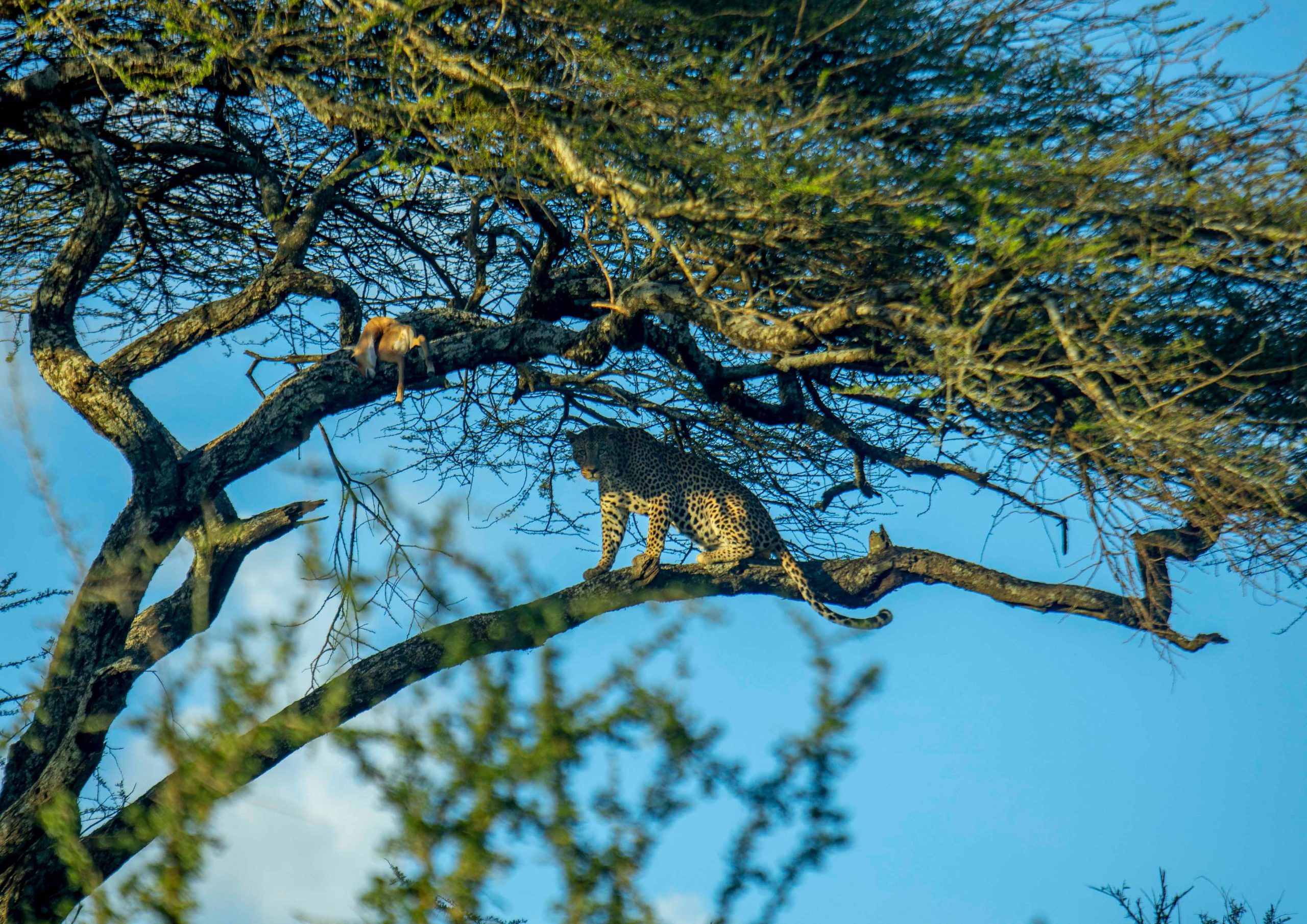
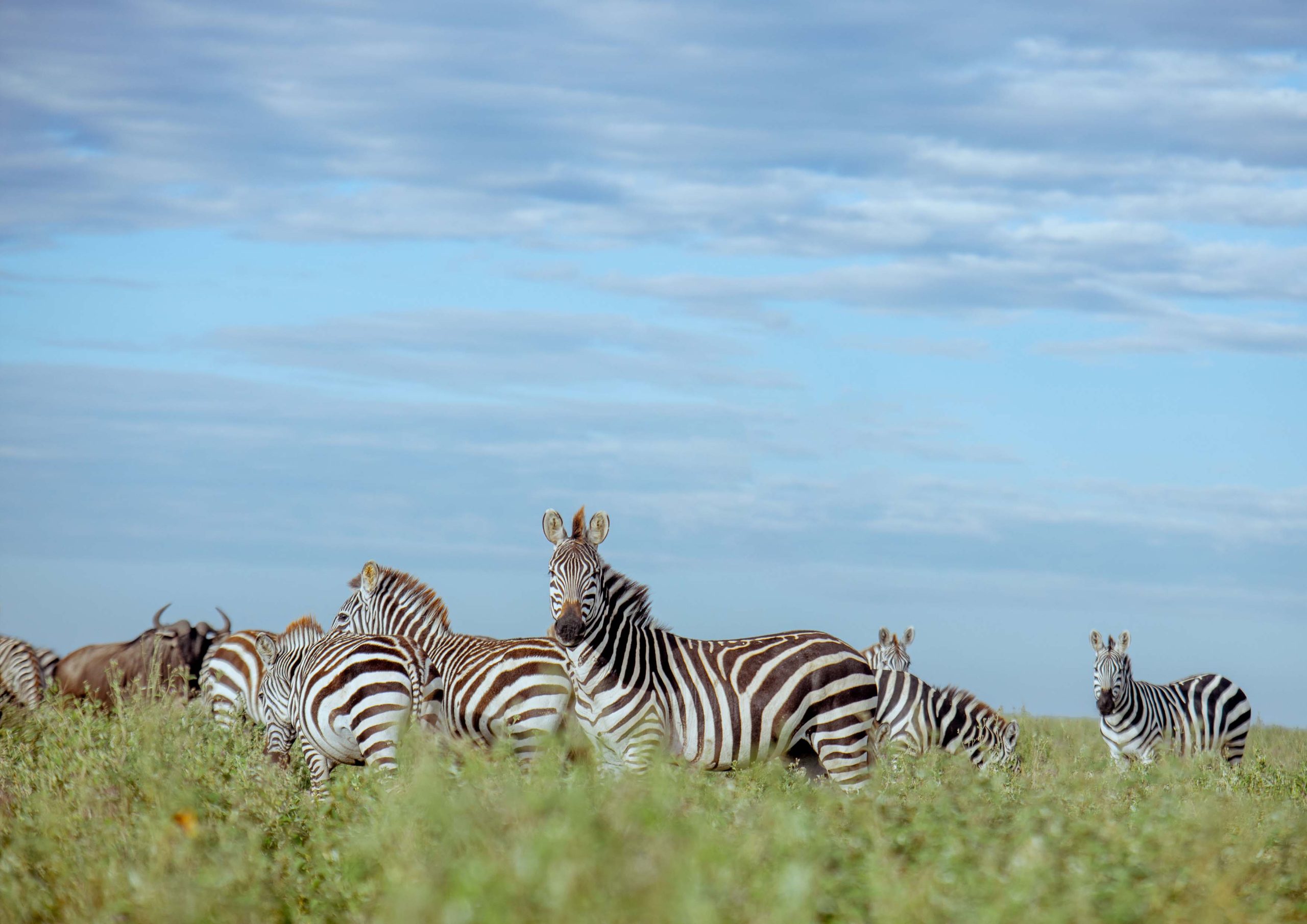
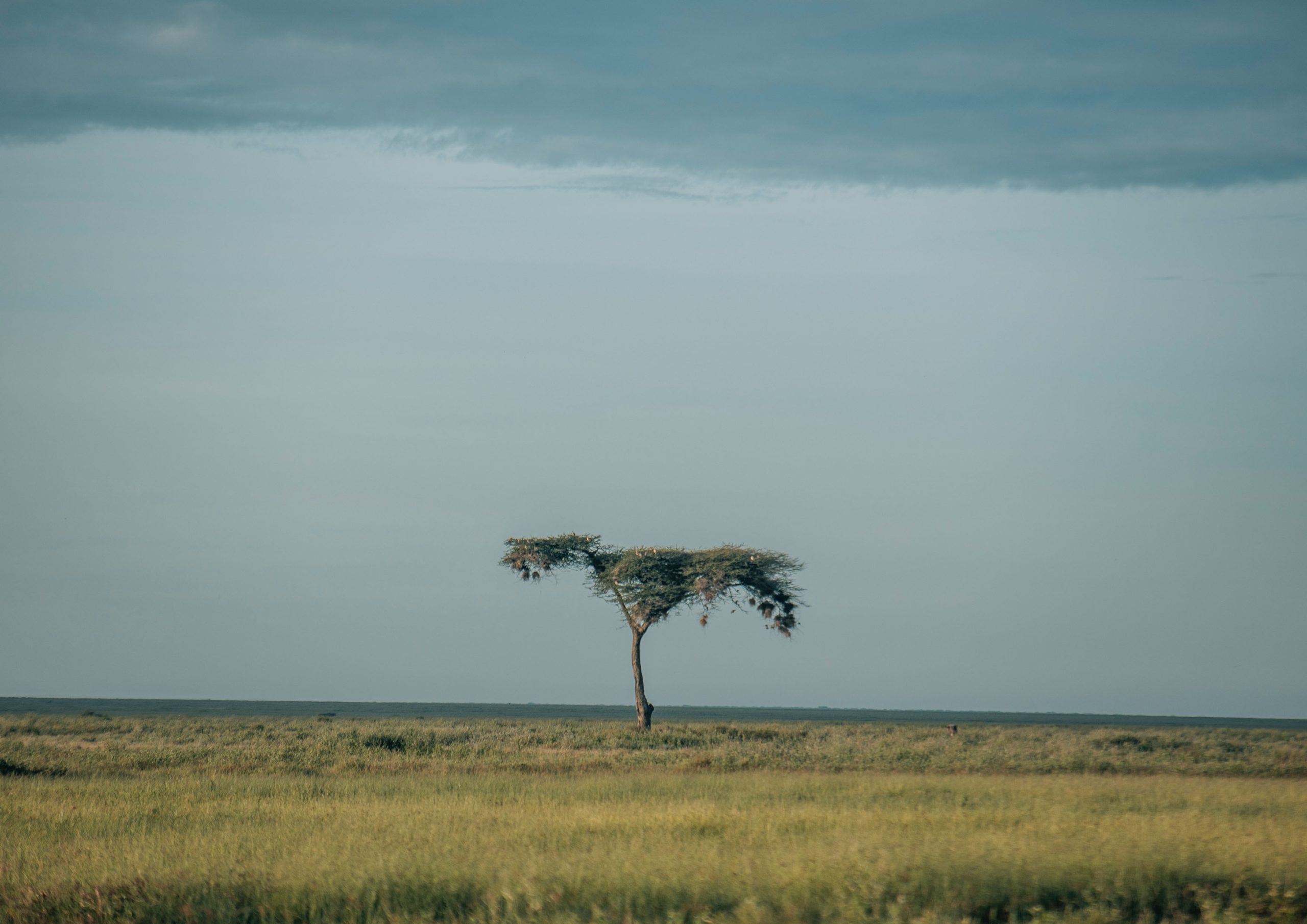
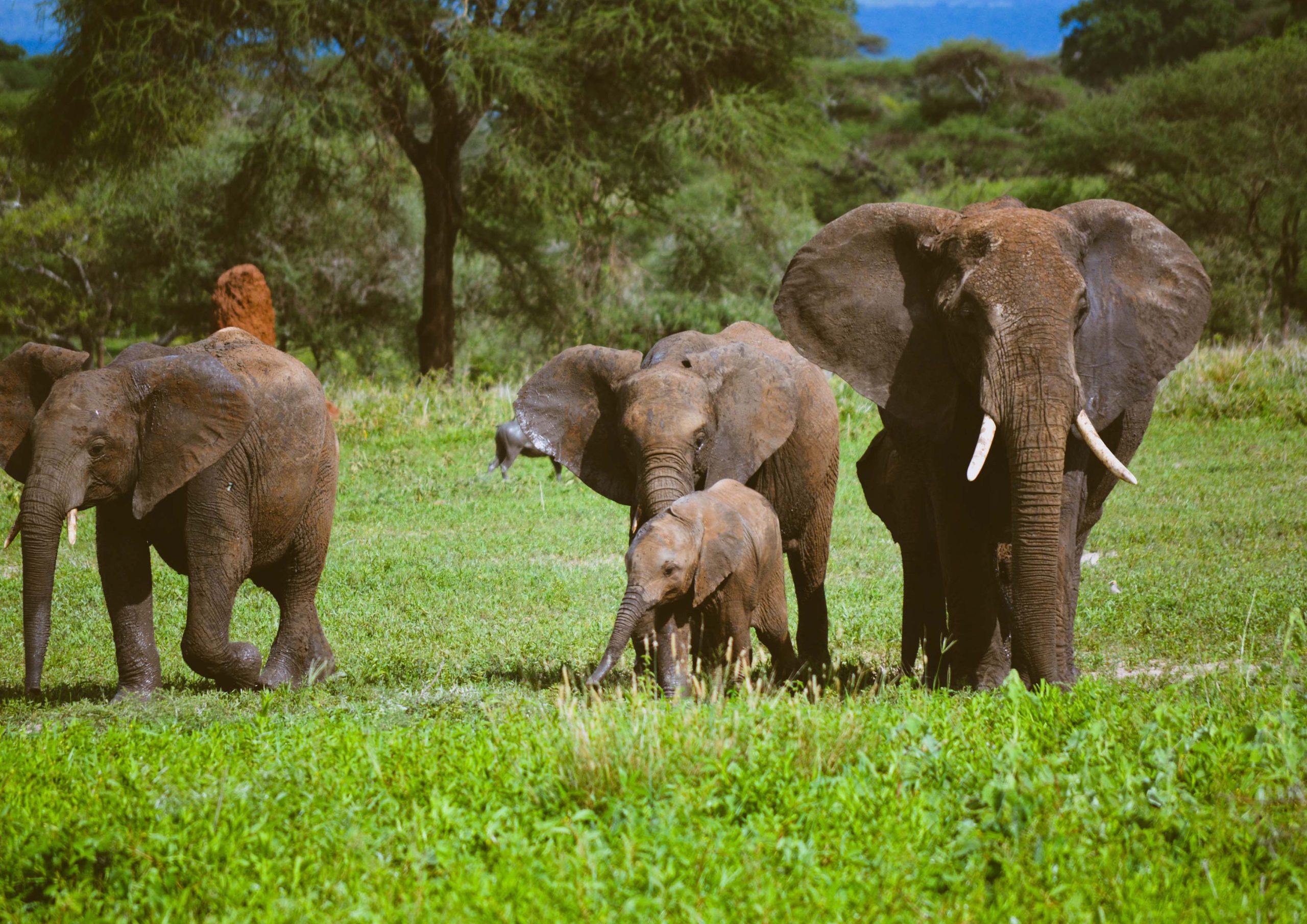
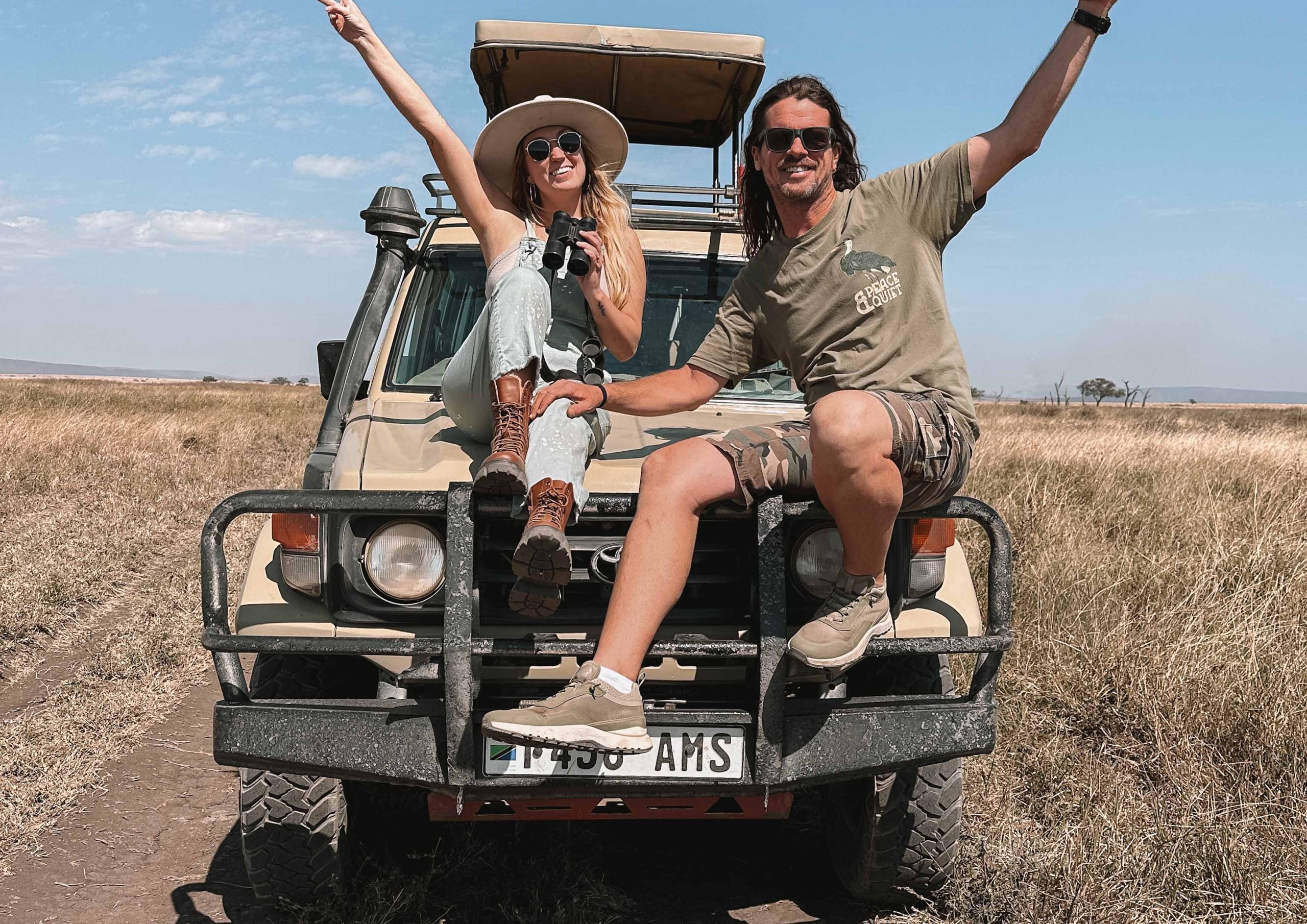
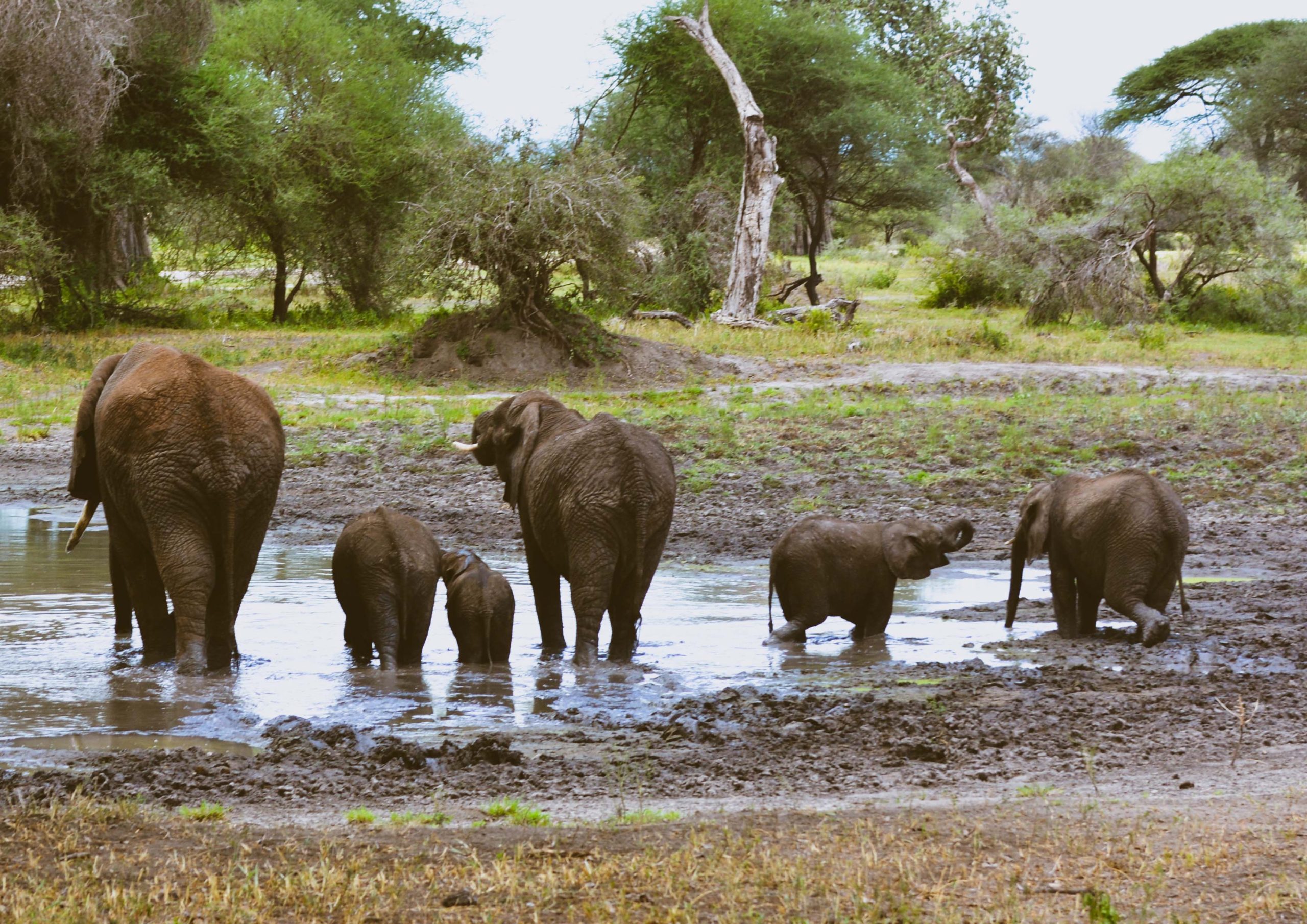
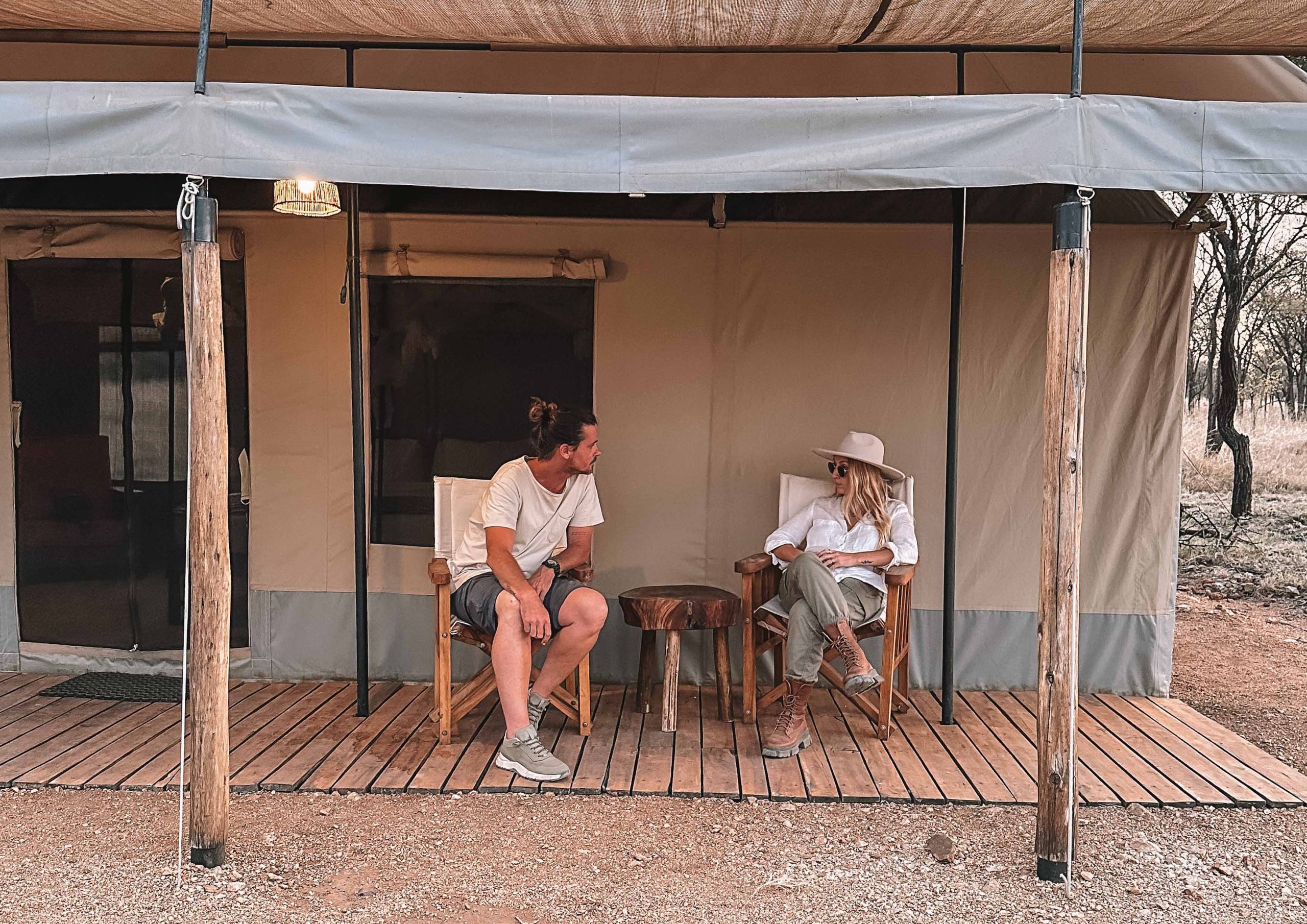
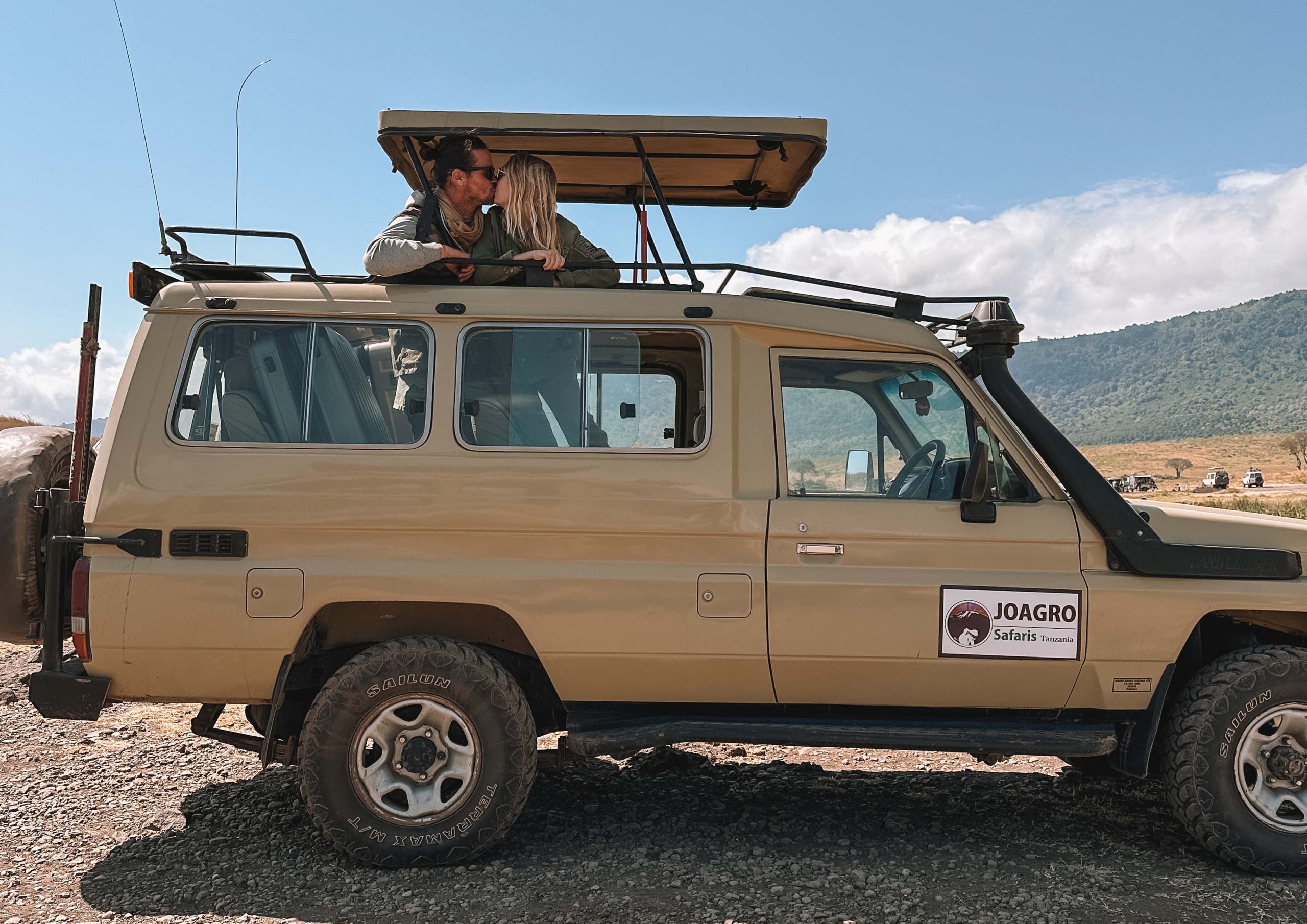
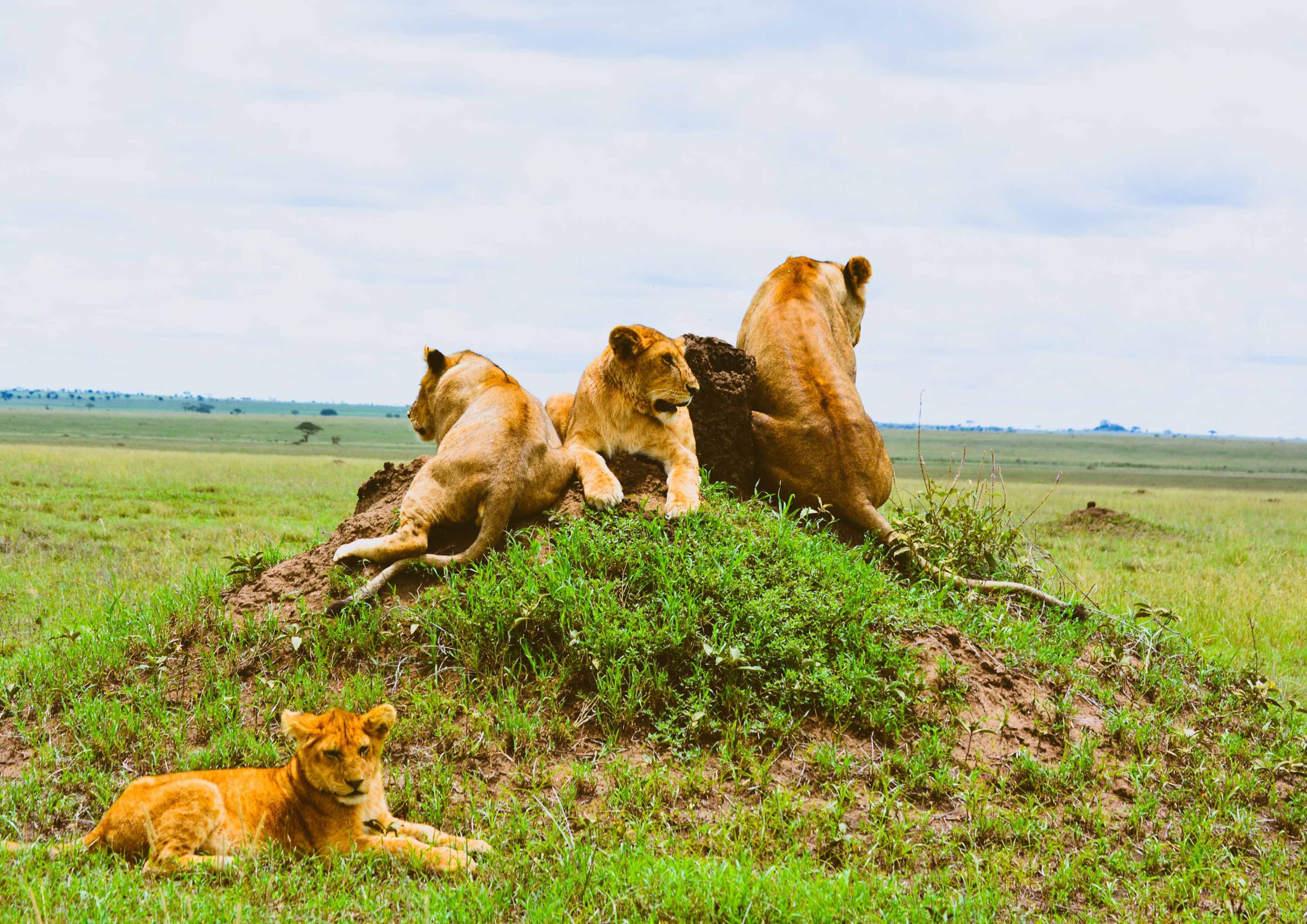
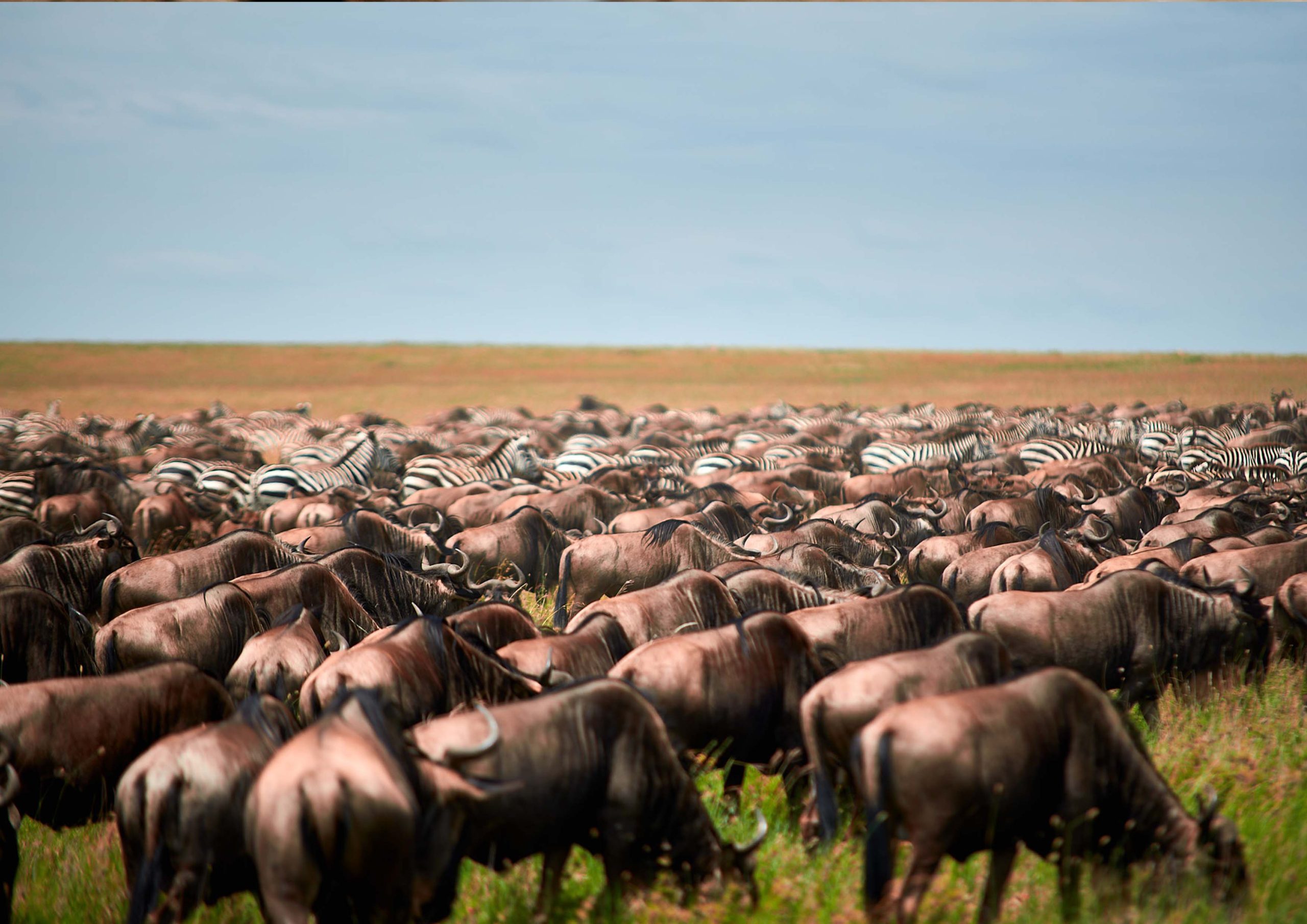
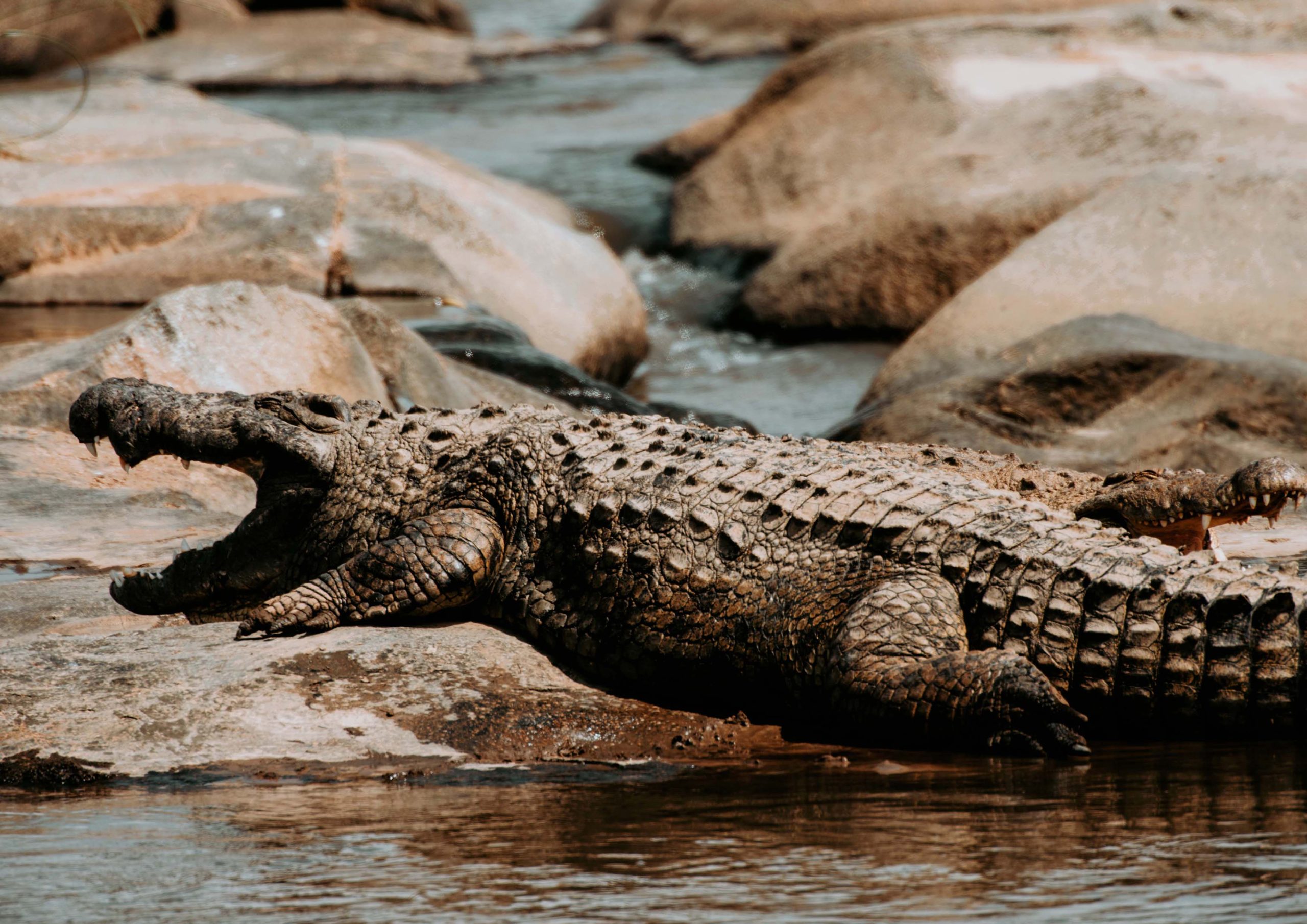
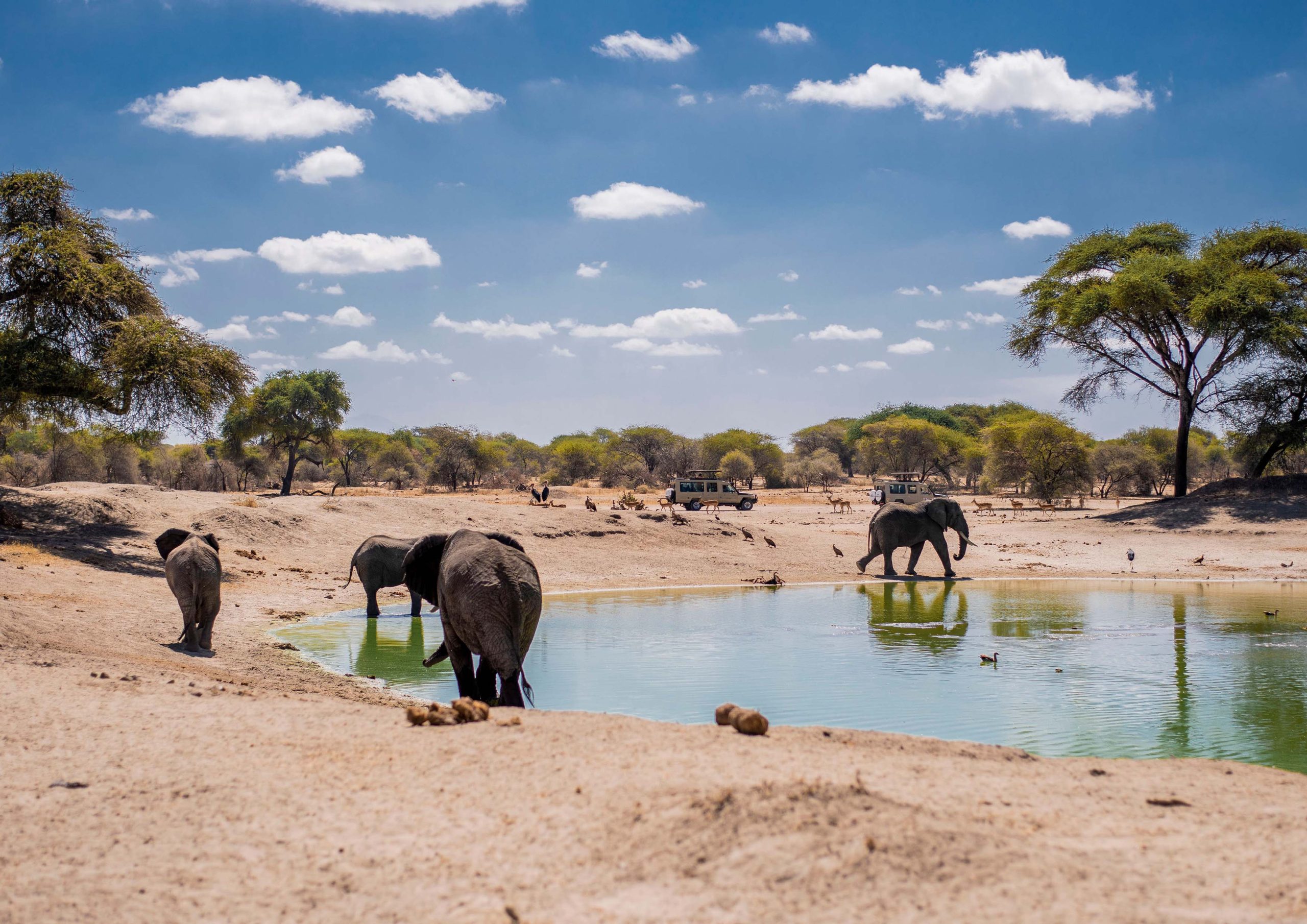
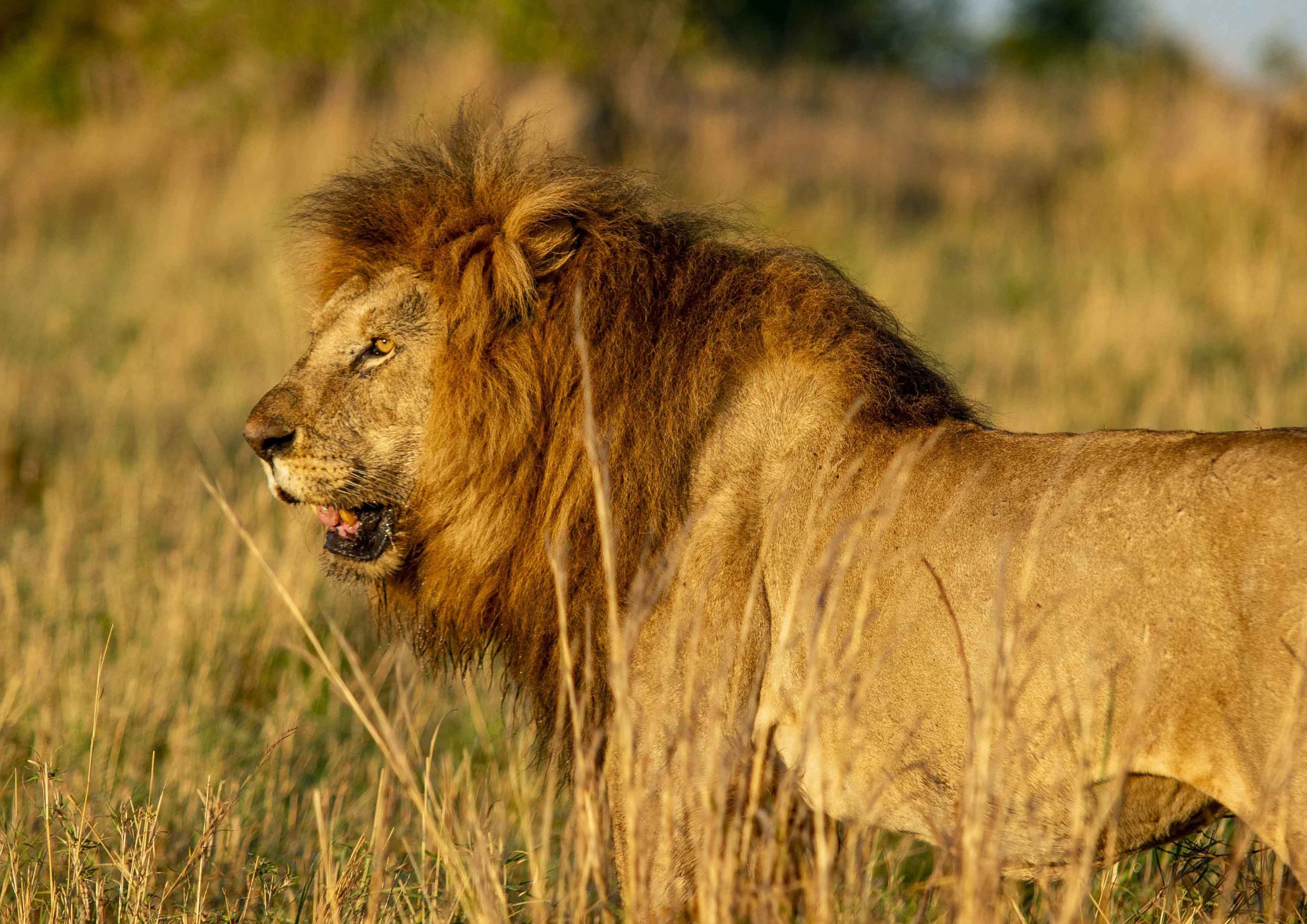
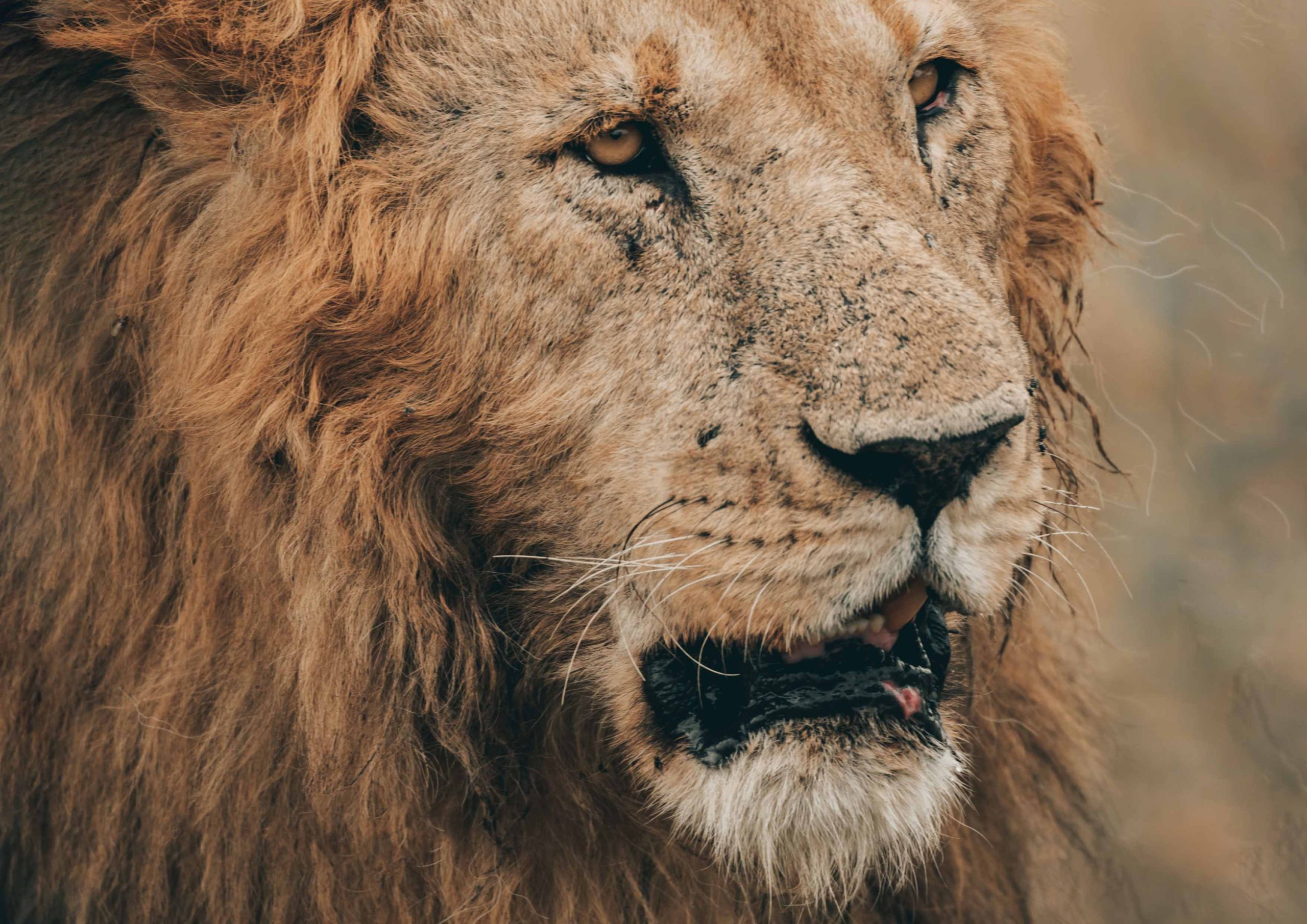
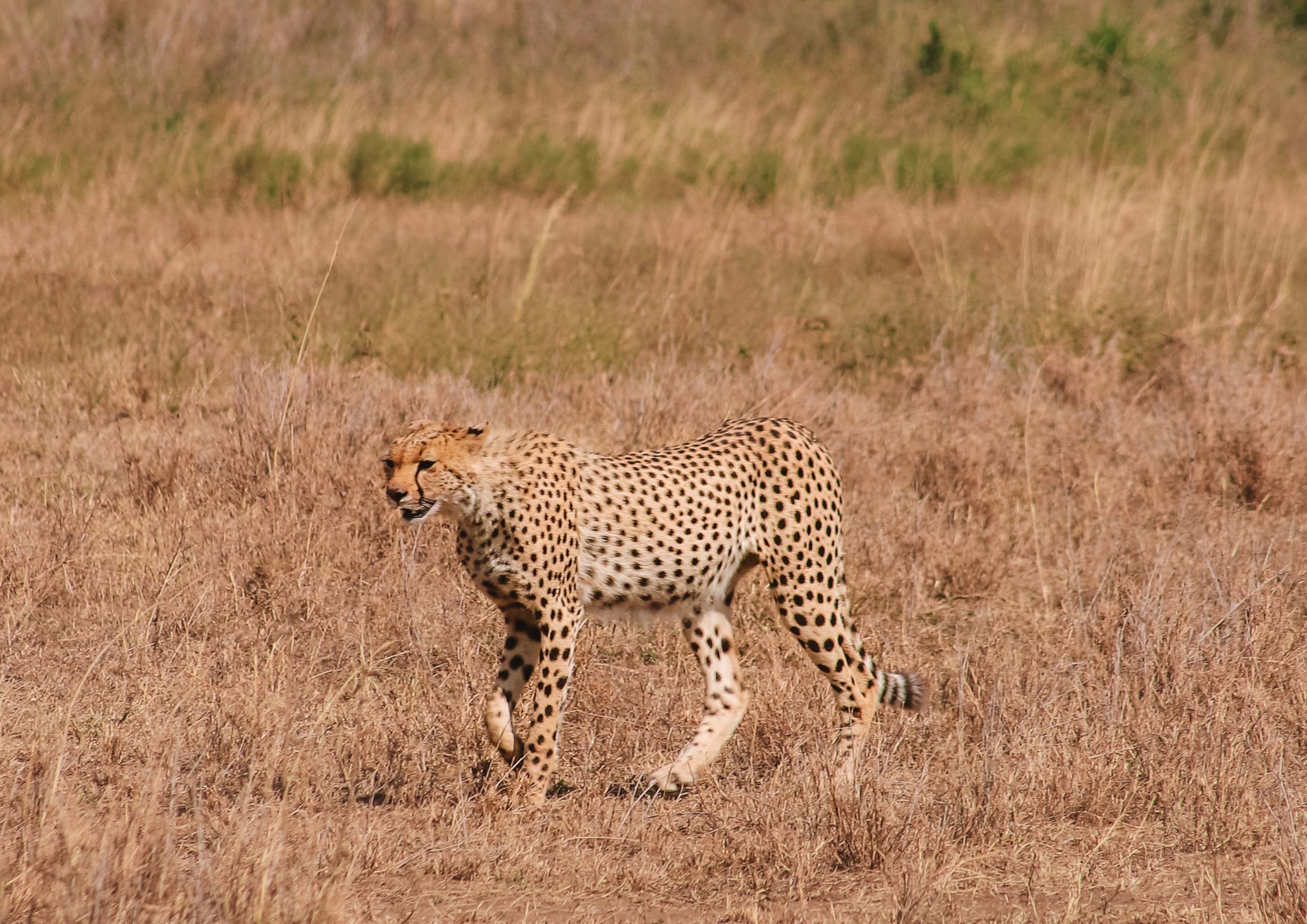
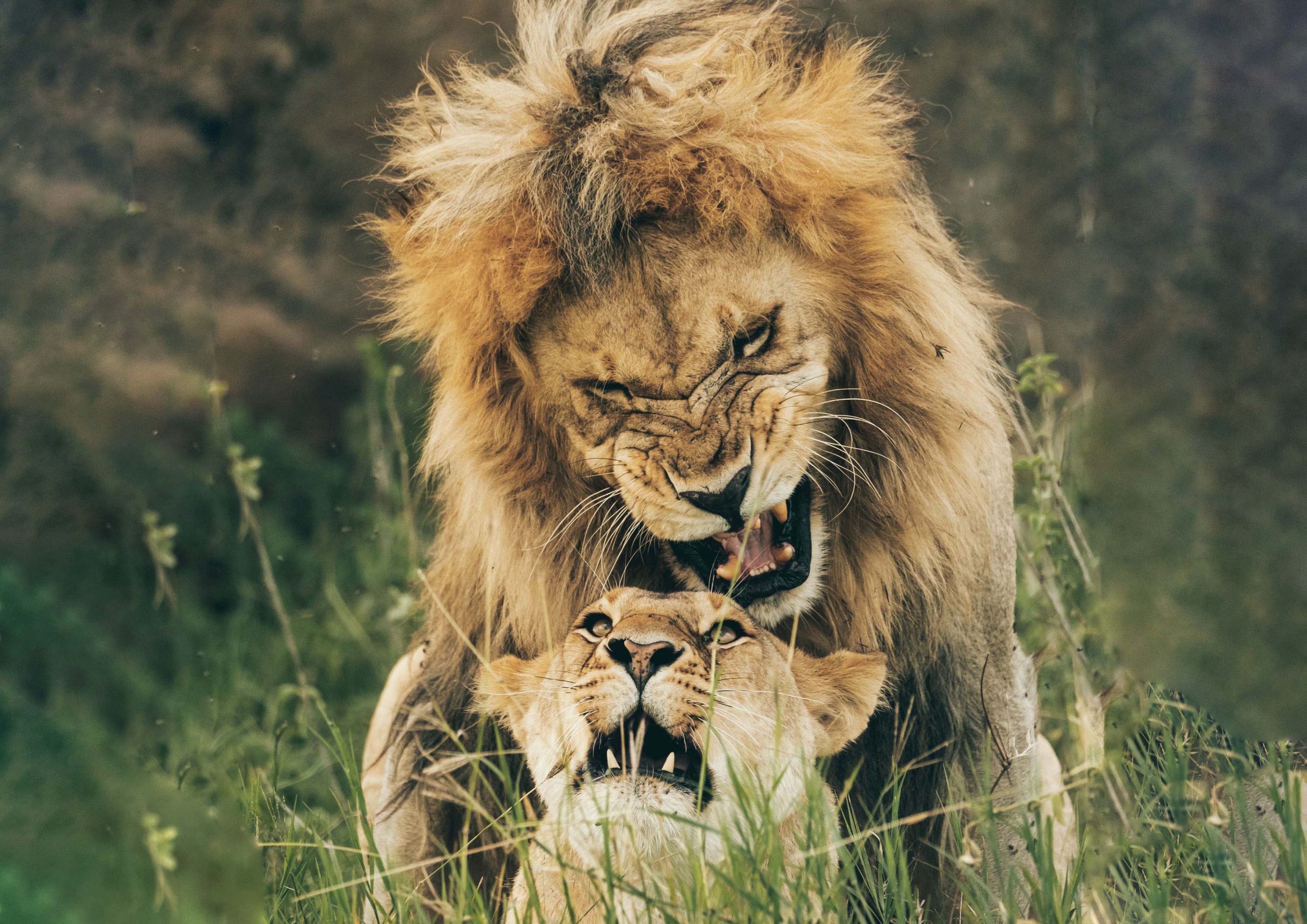
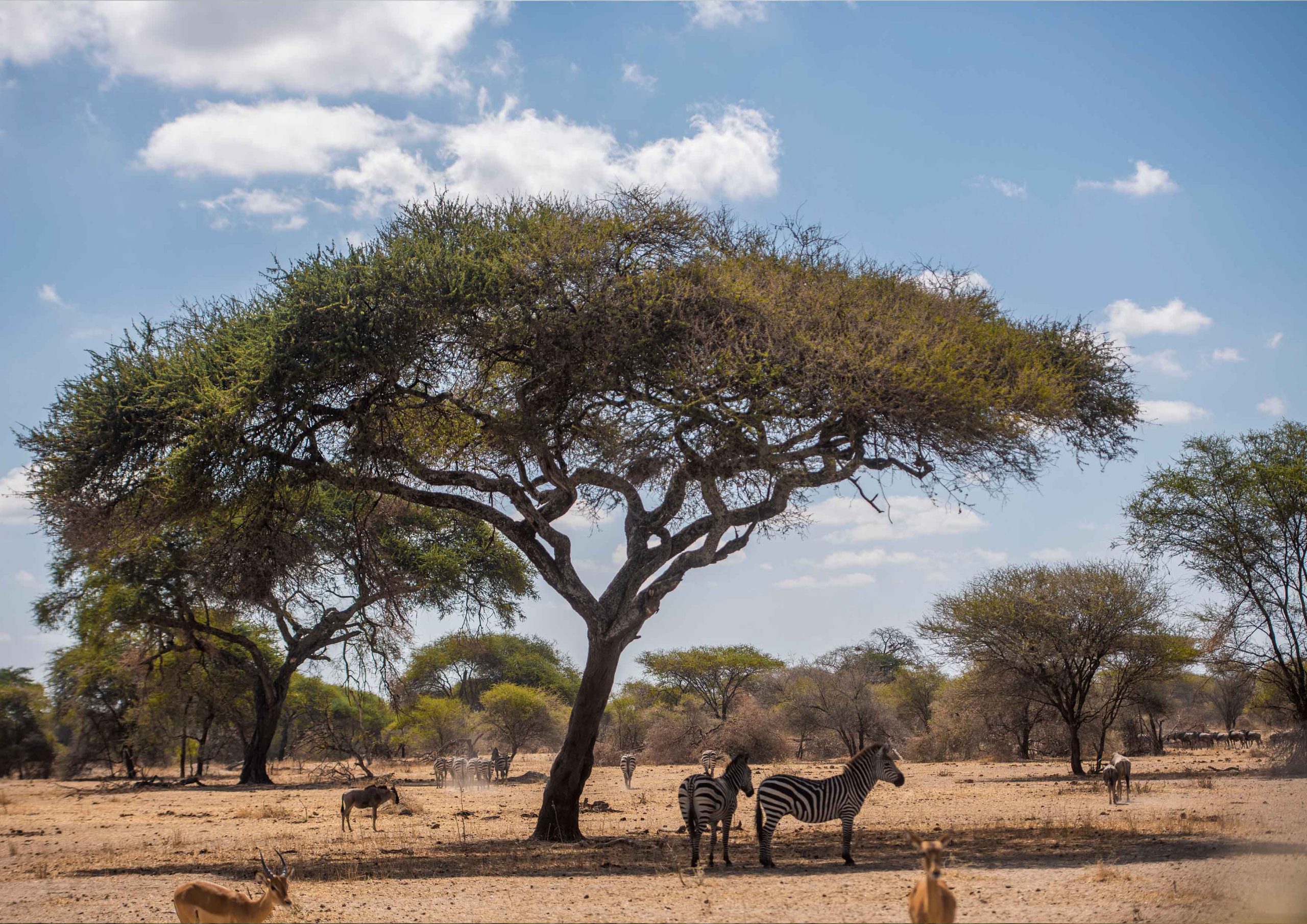
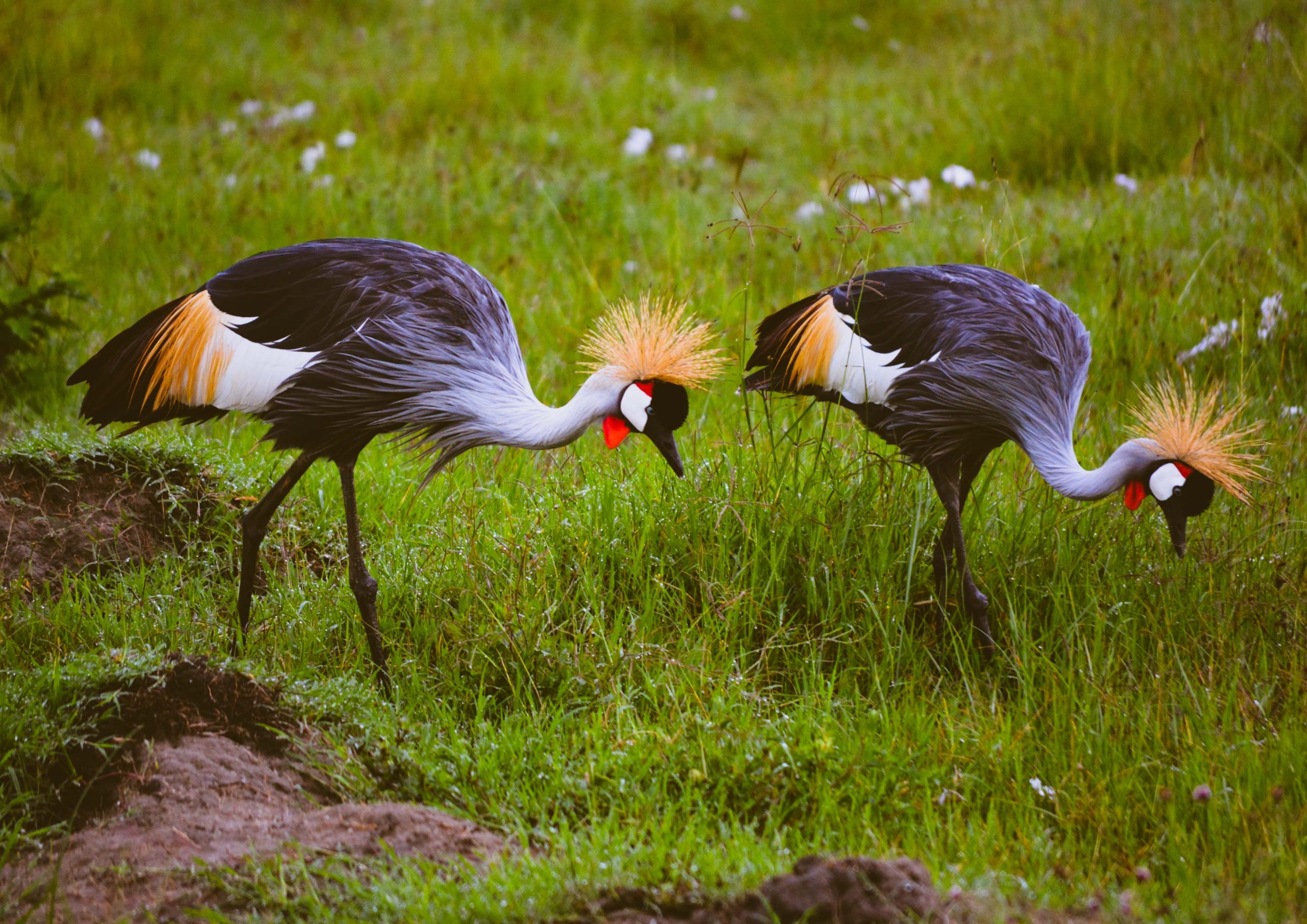
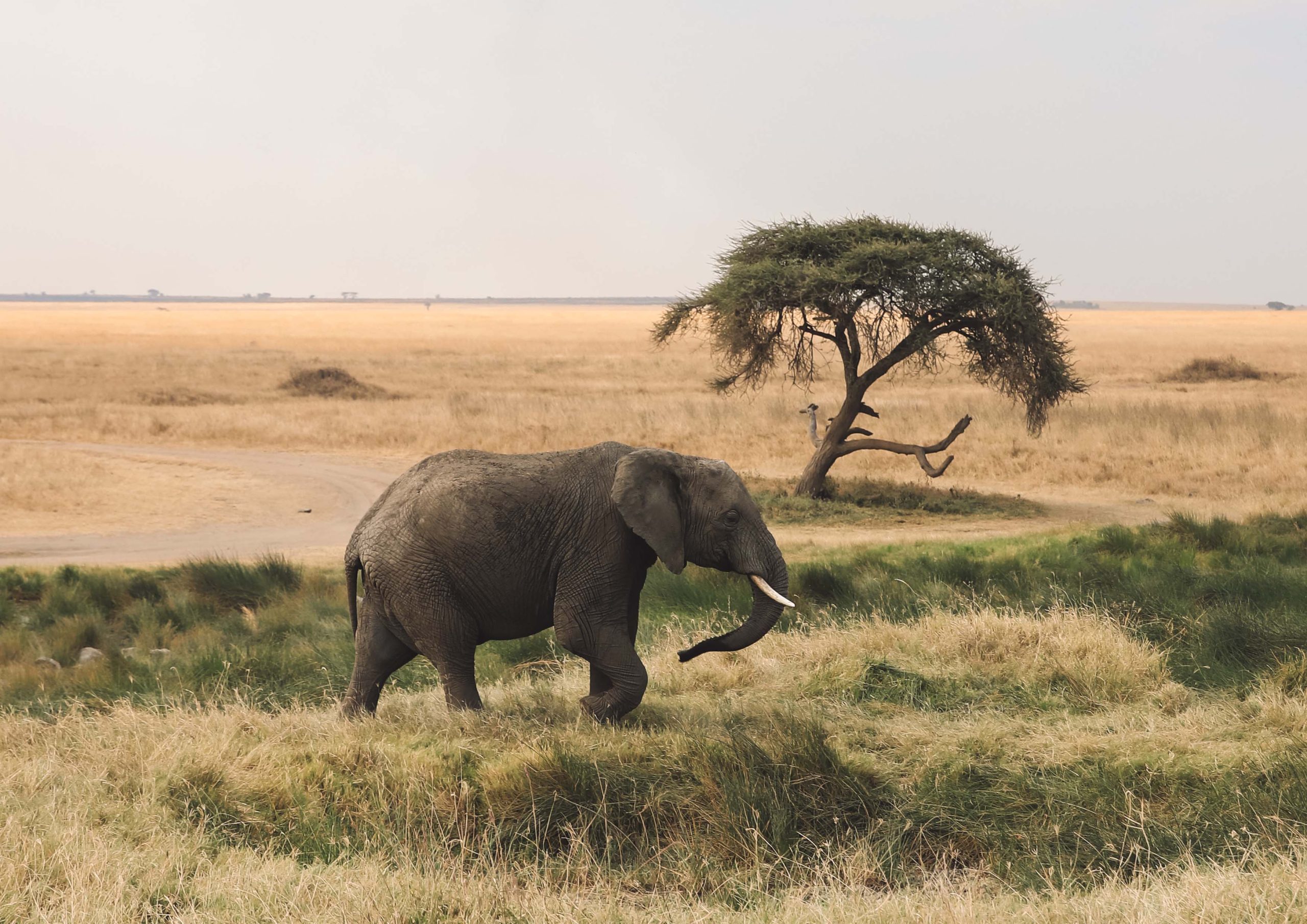
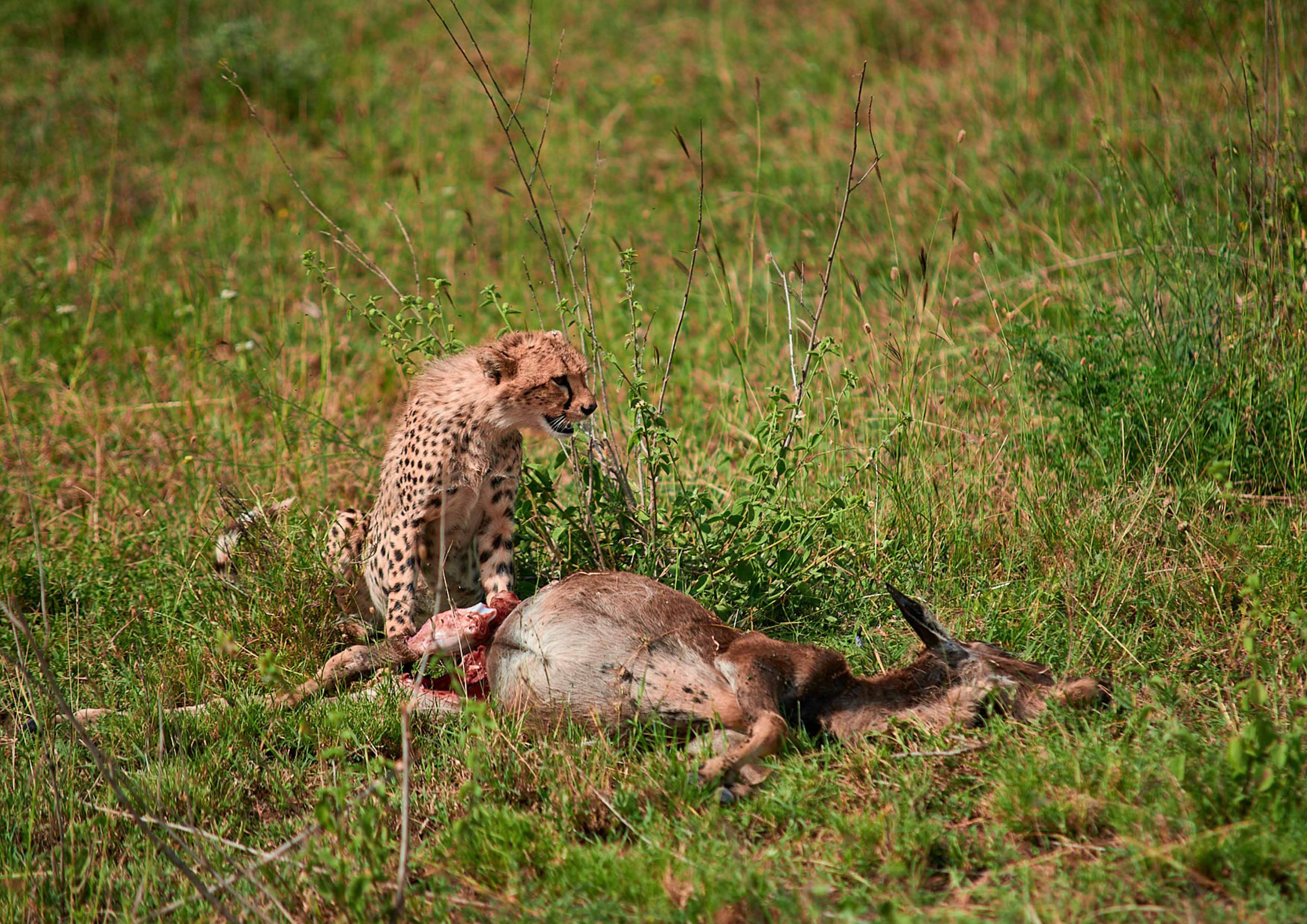
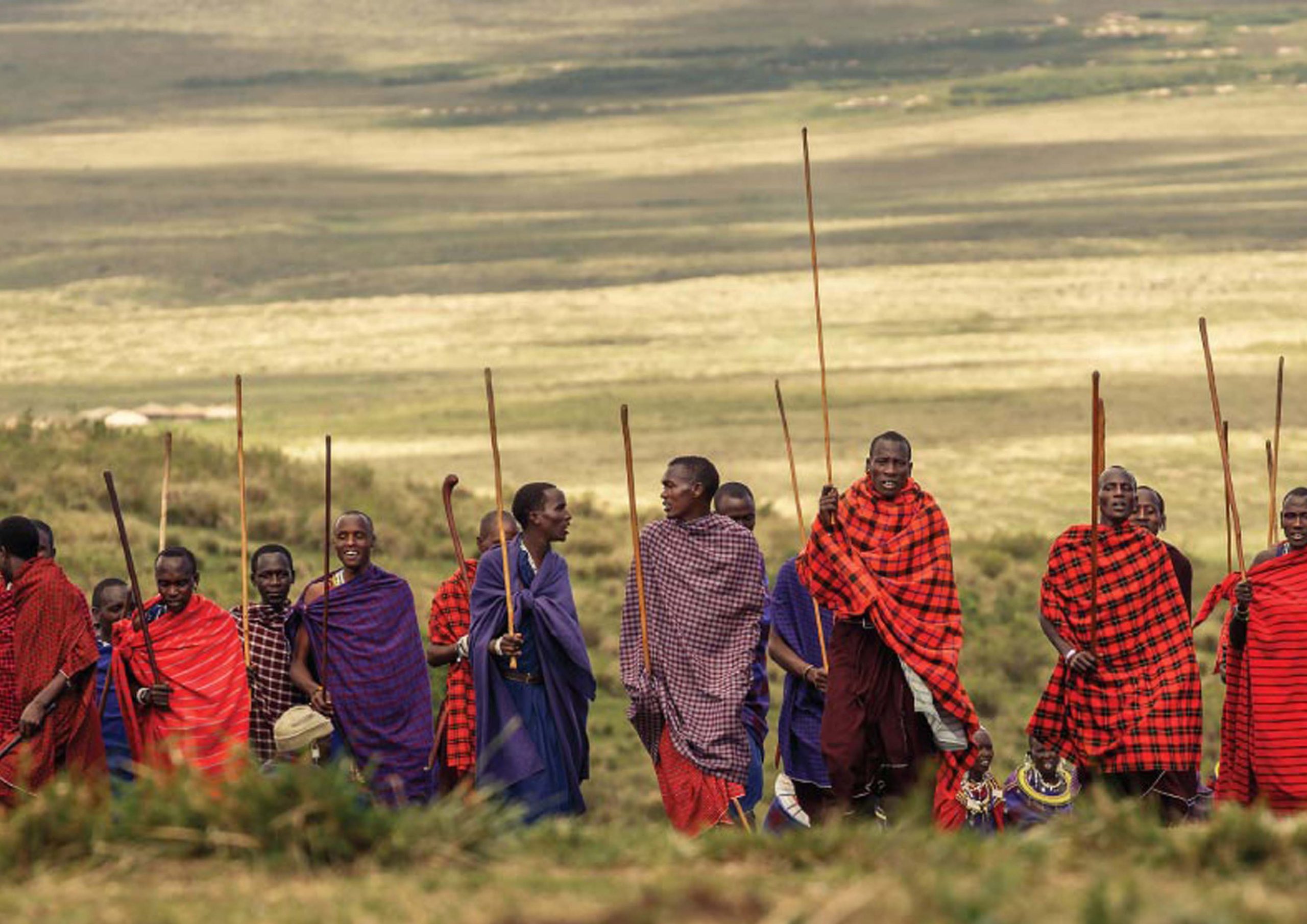
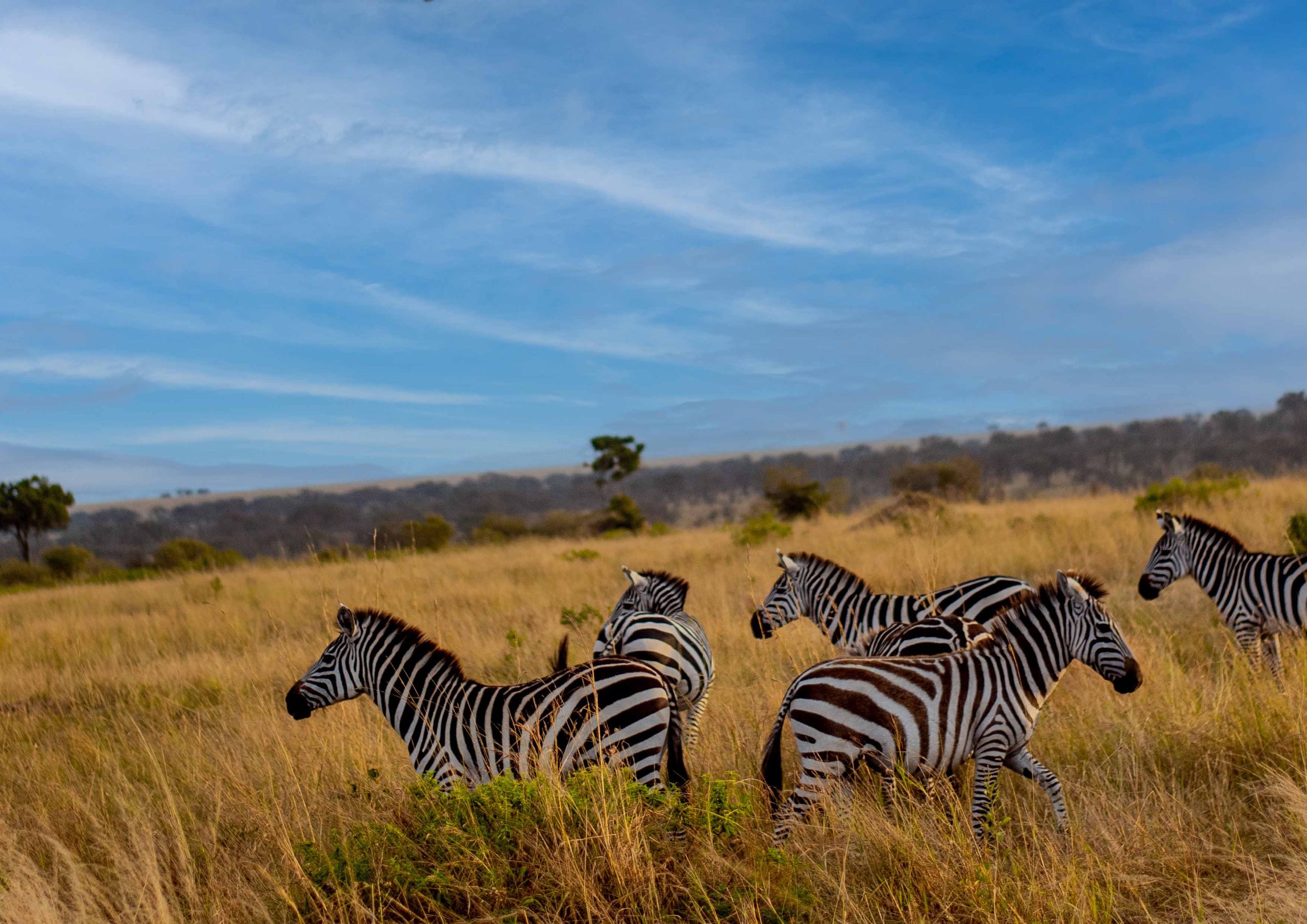
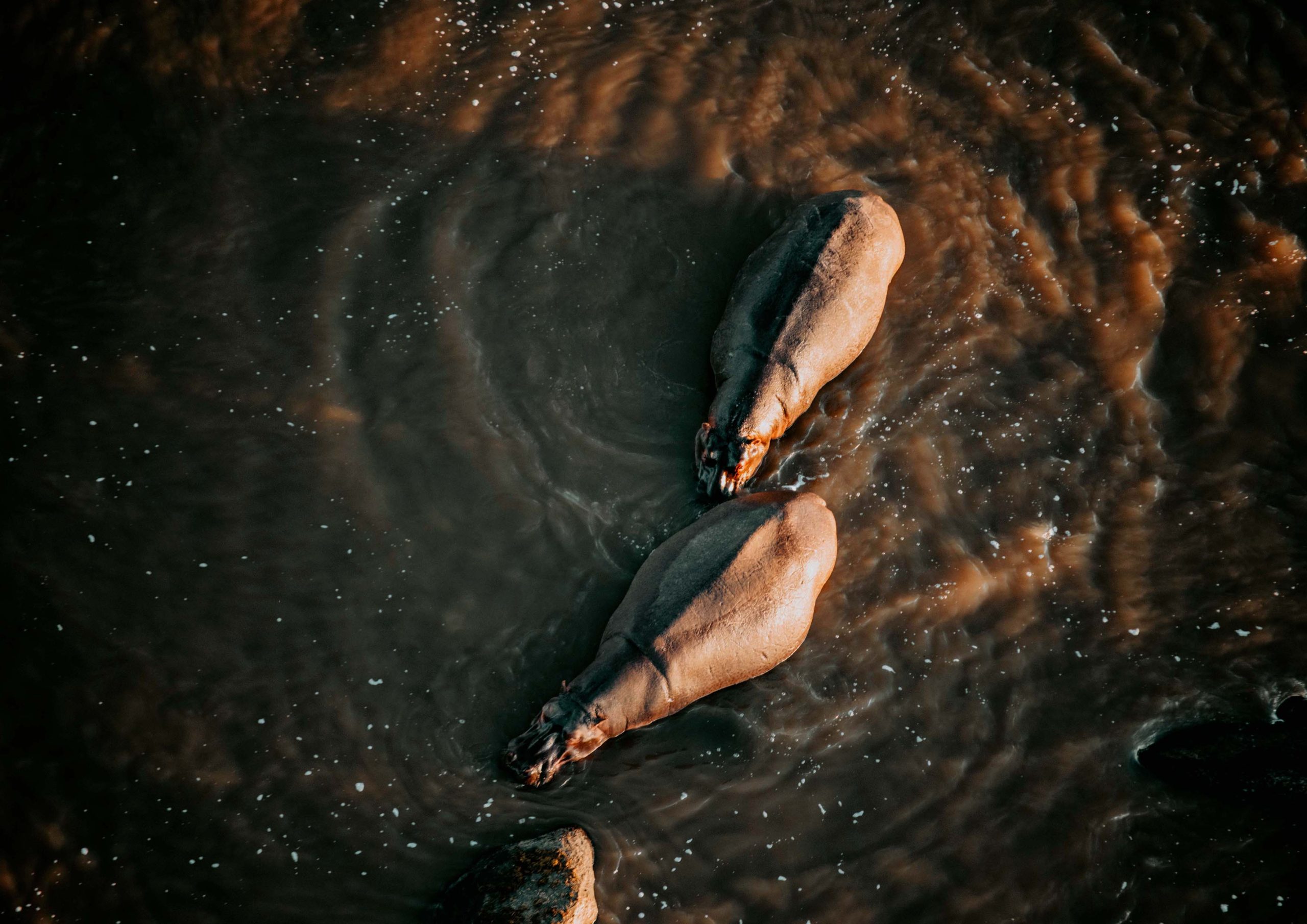
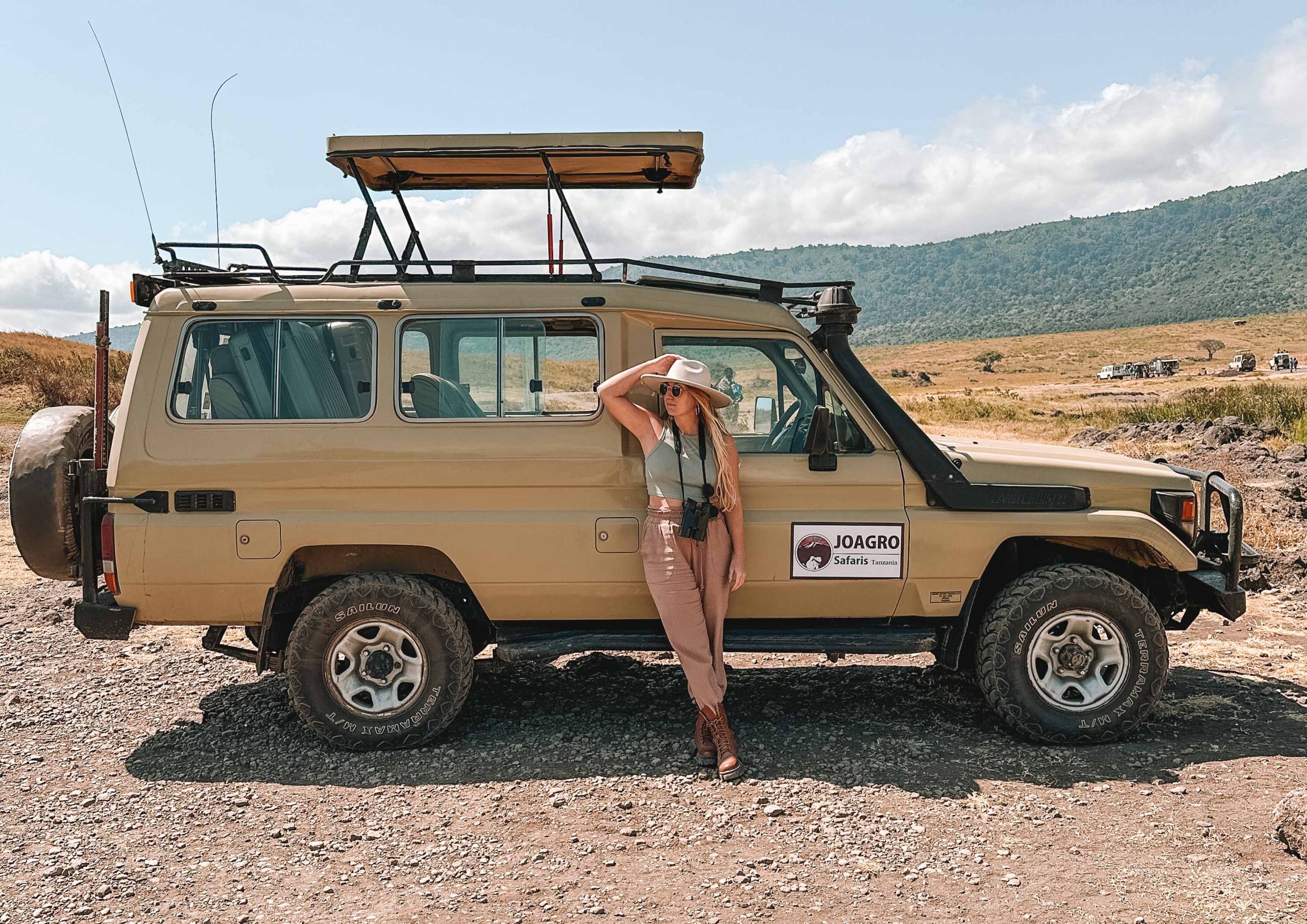
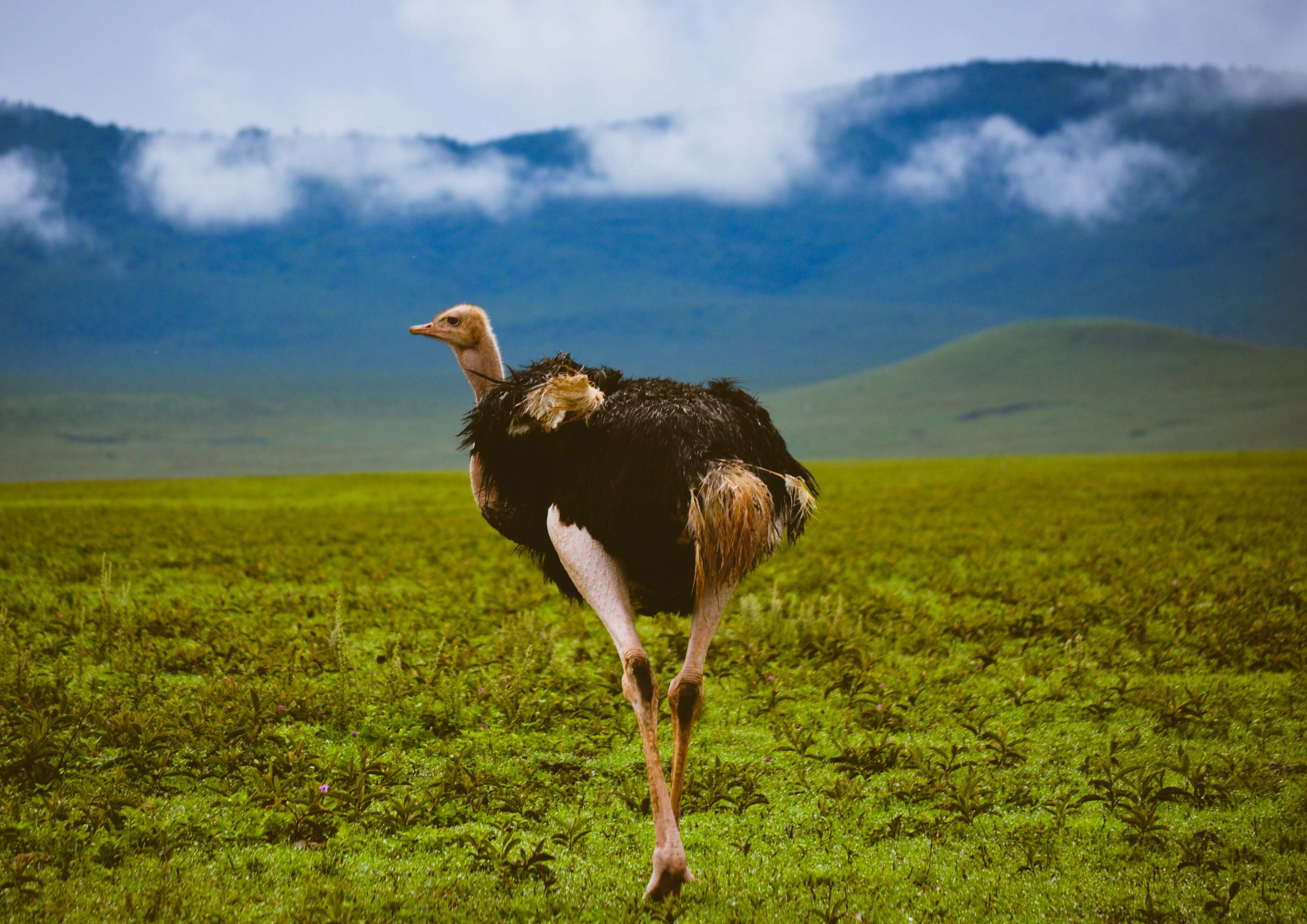



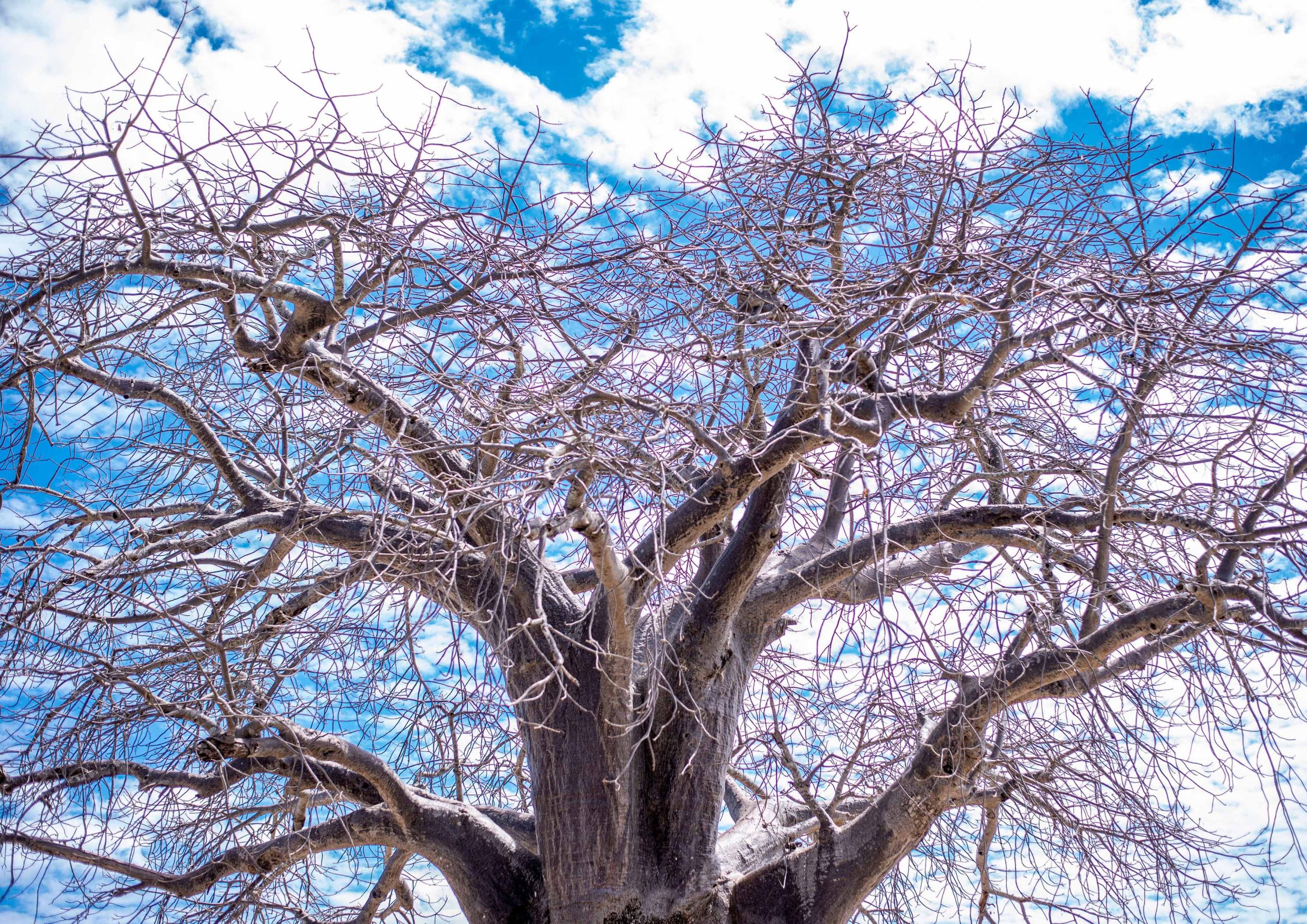
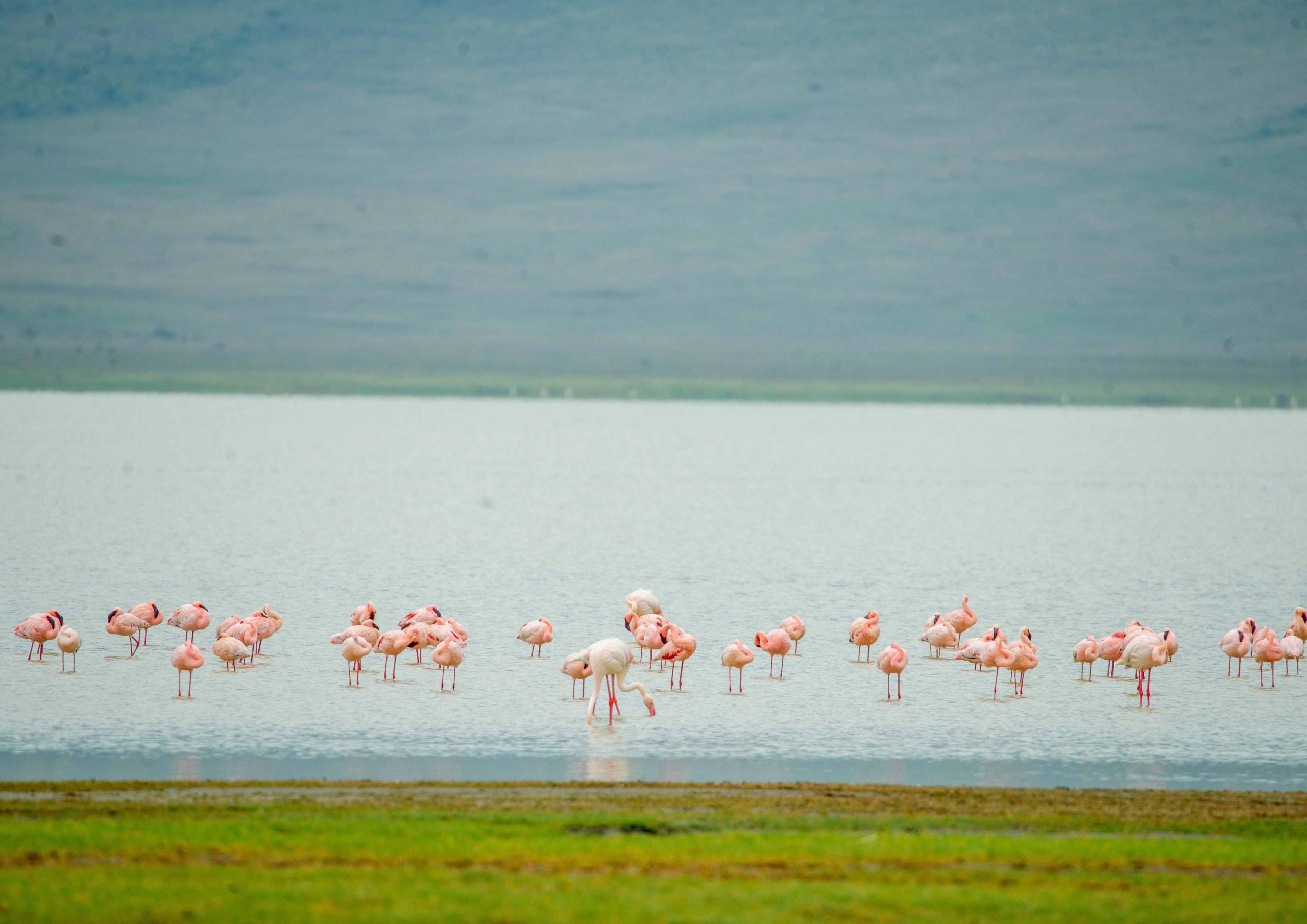
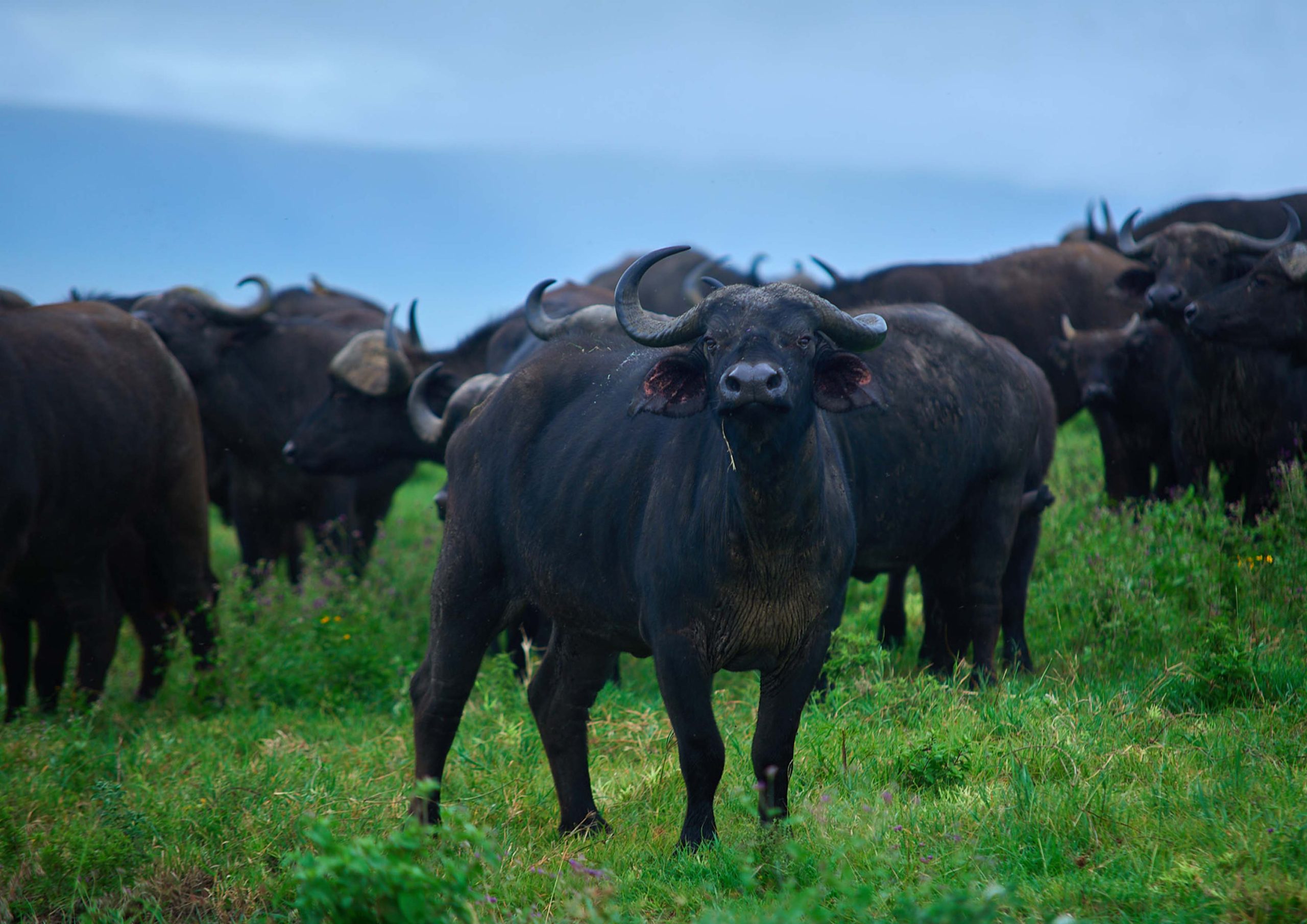
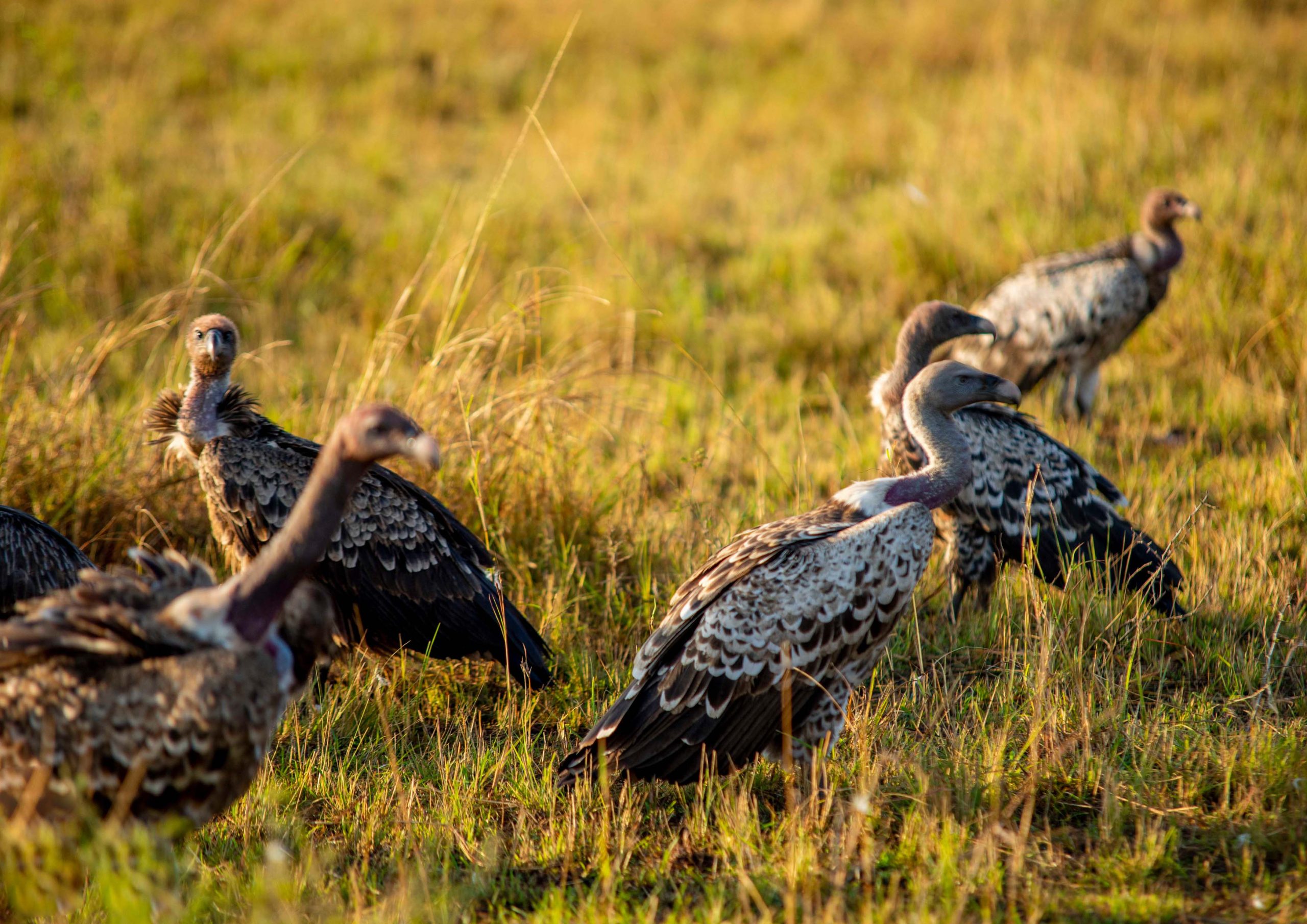


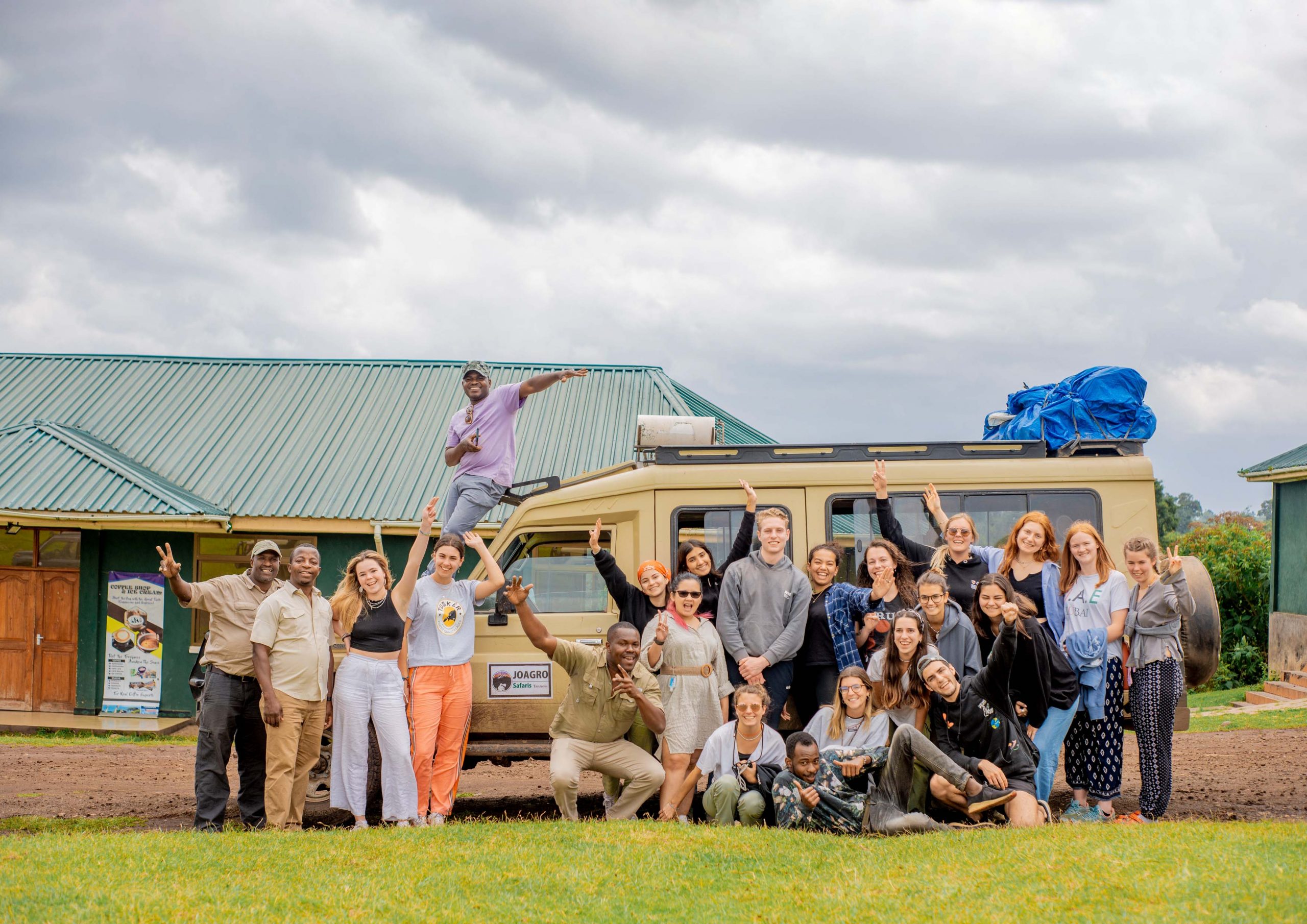

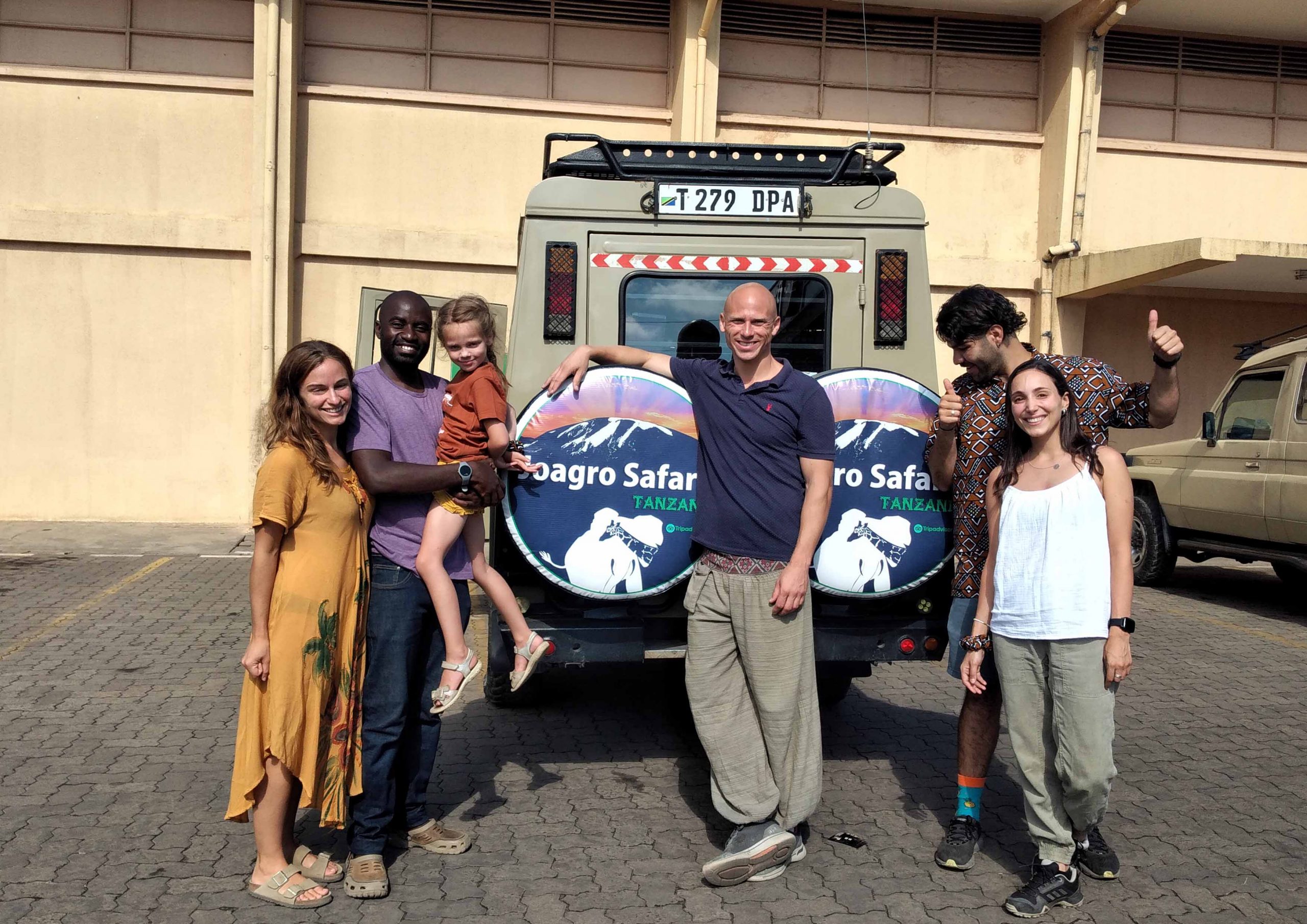

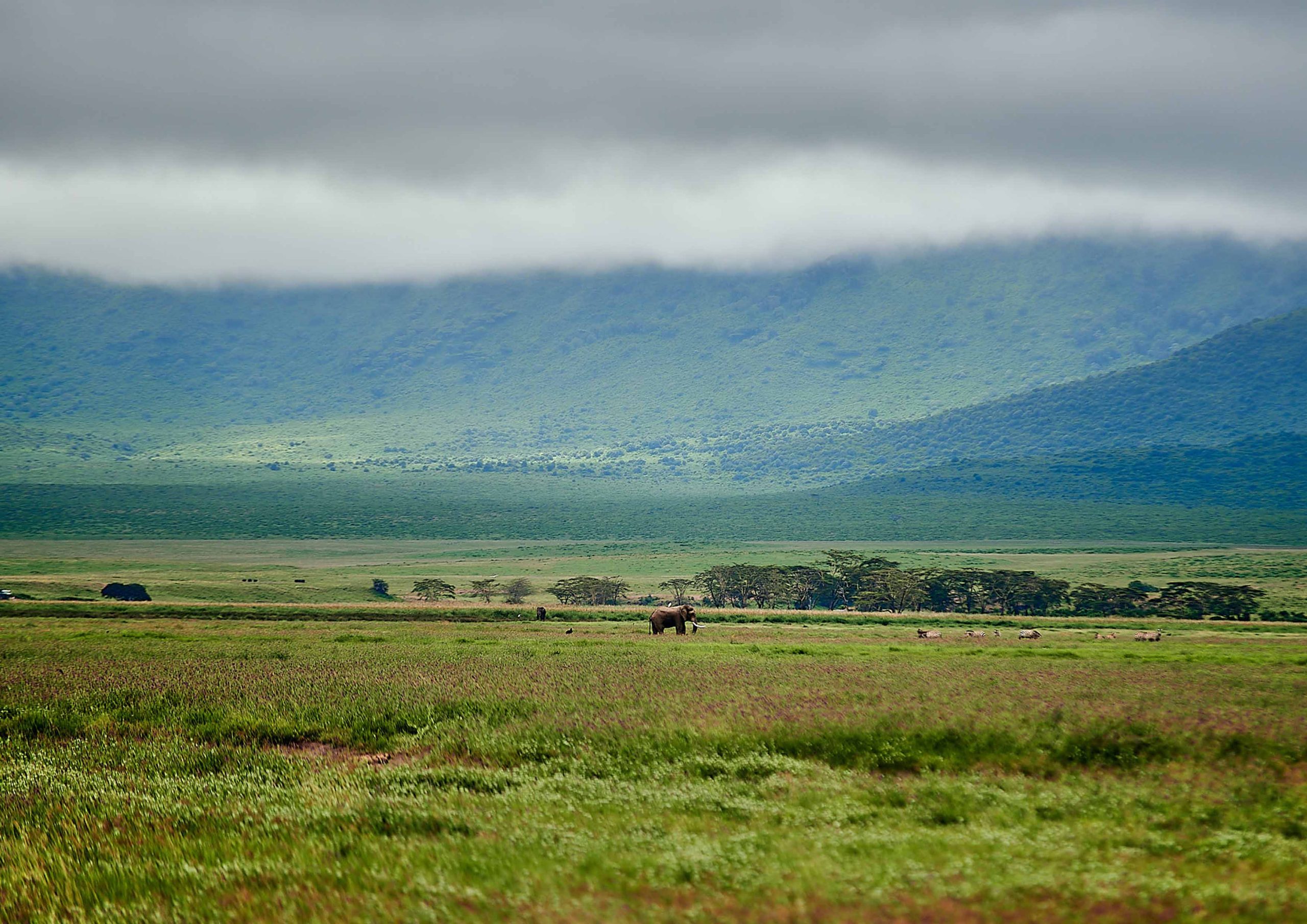
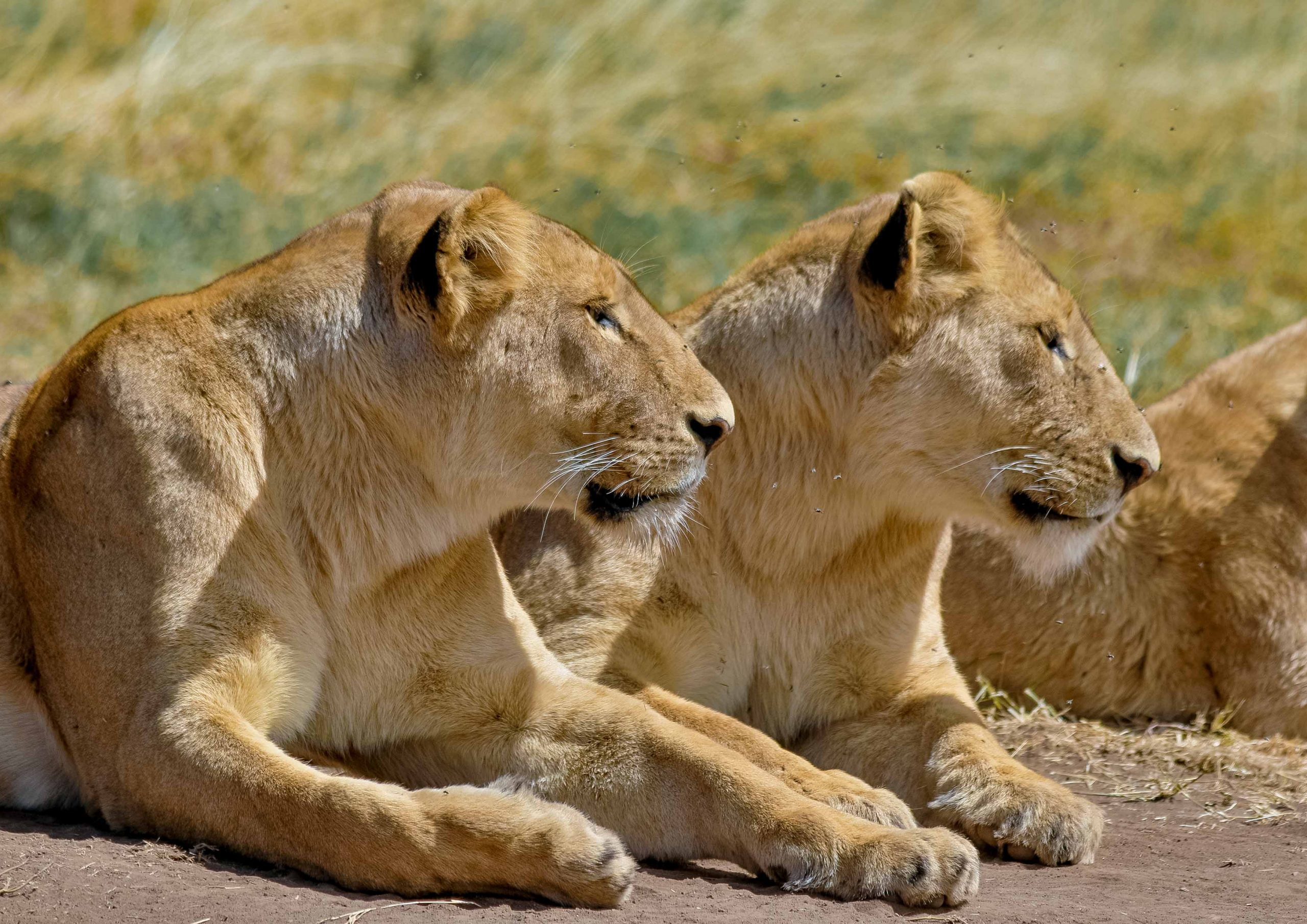
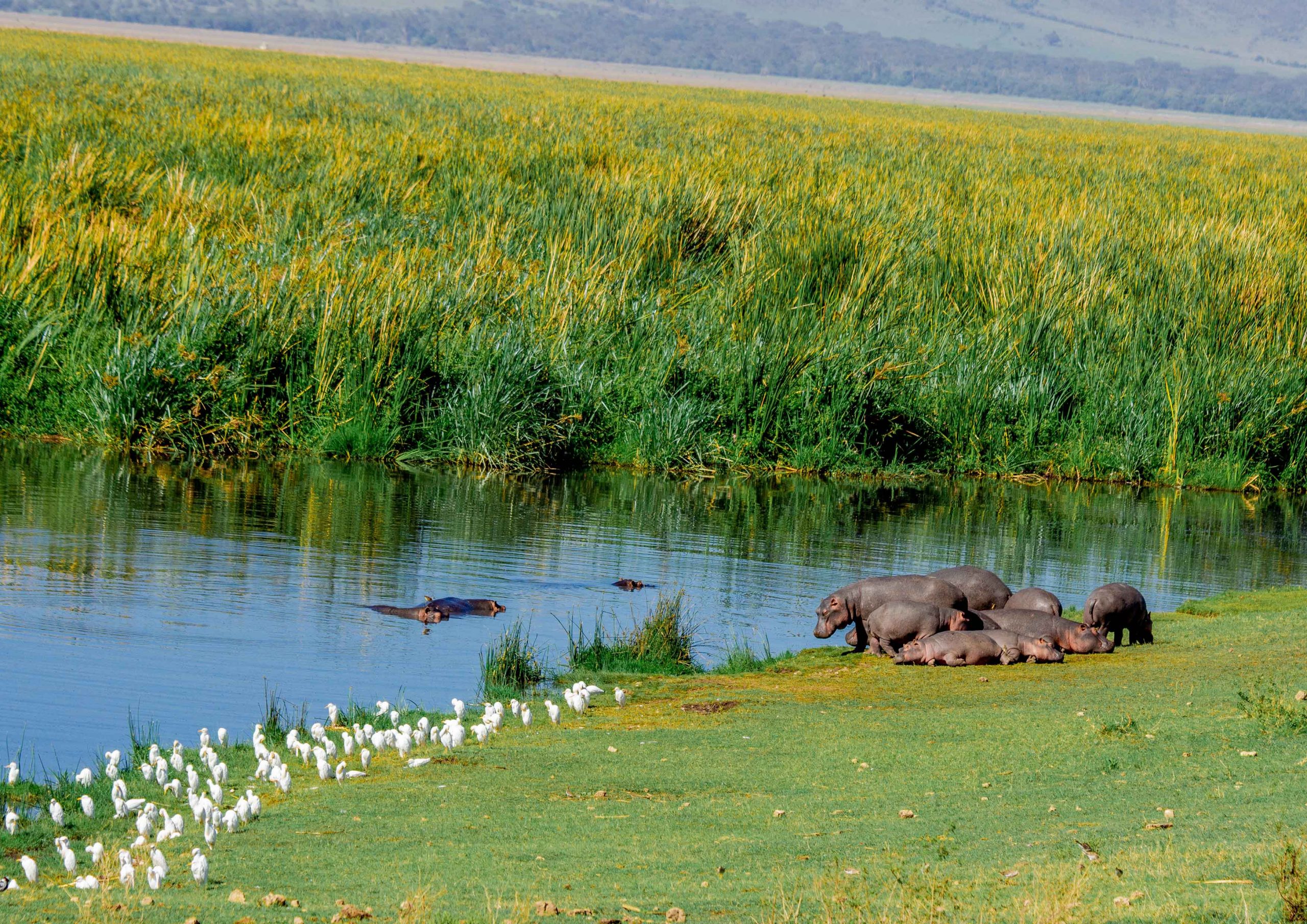
This is really great. Thank you for sharing this article. Keep on posting.
Hello Lhynzie,
We are so grateful that you found our article helpful.
Do visit us and get to read more and more articles.
Ahsante sana.
Regards,
Jonas.